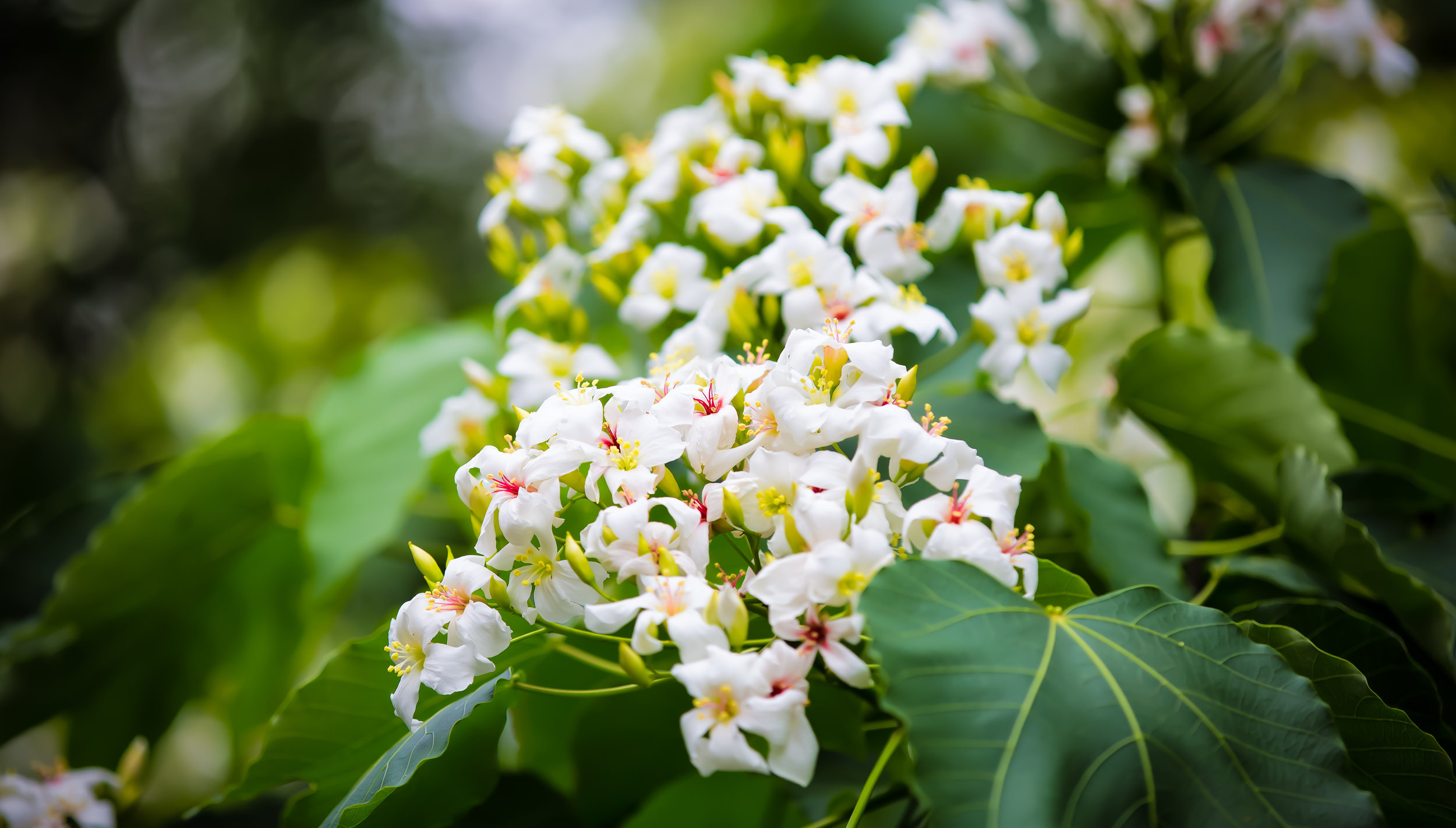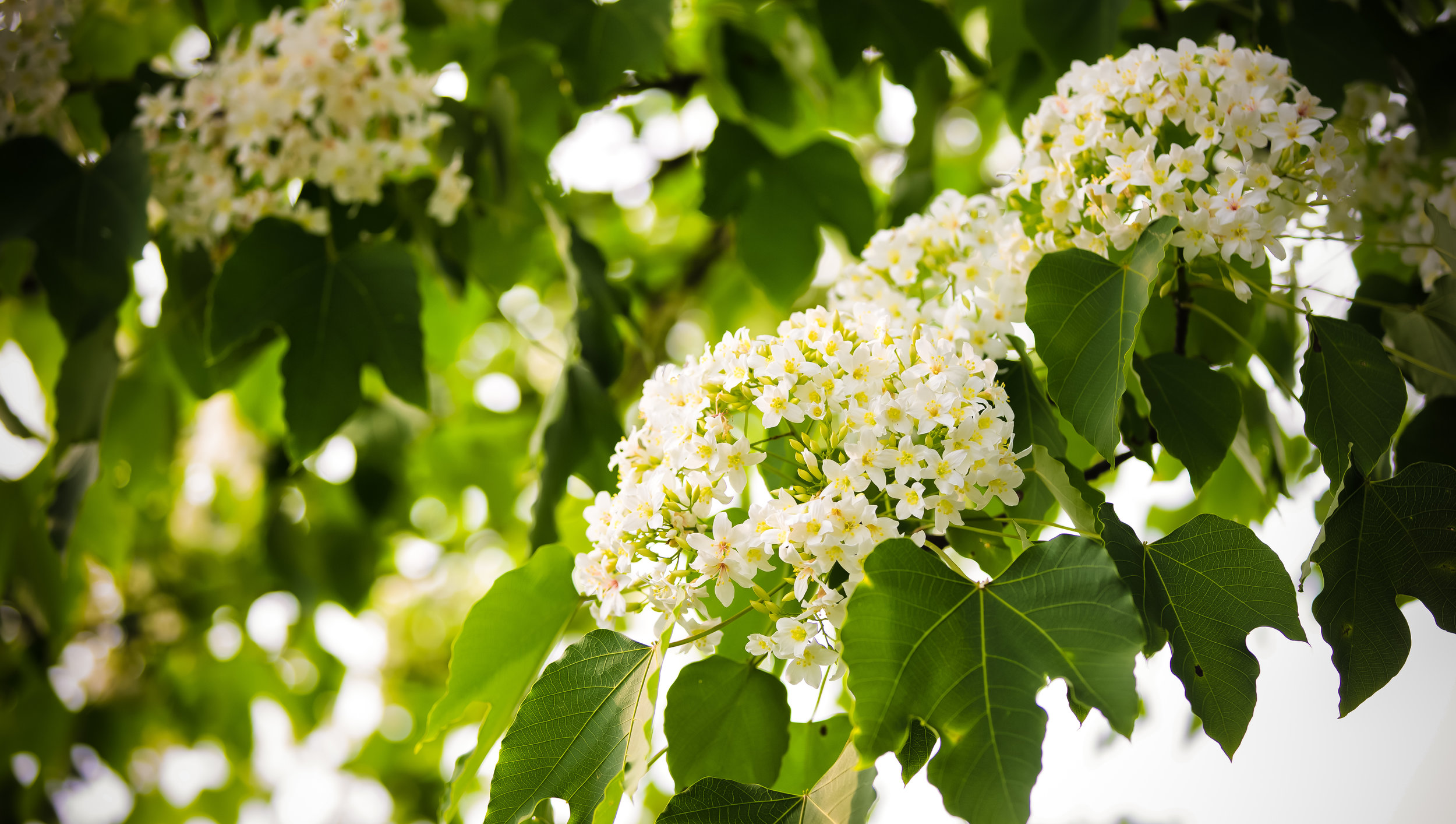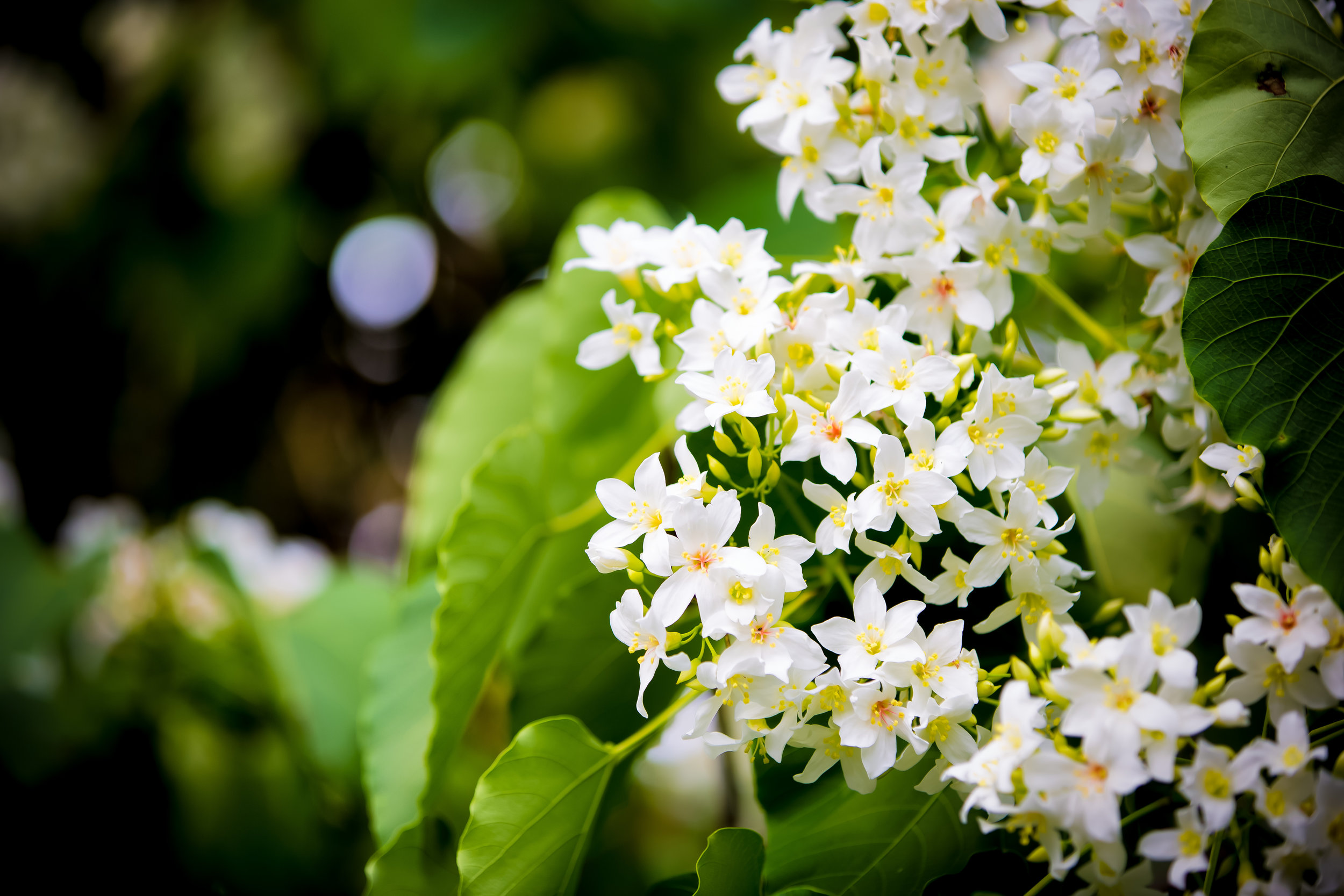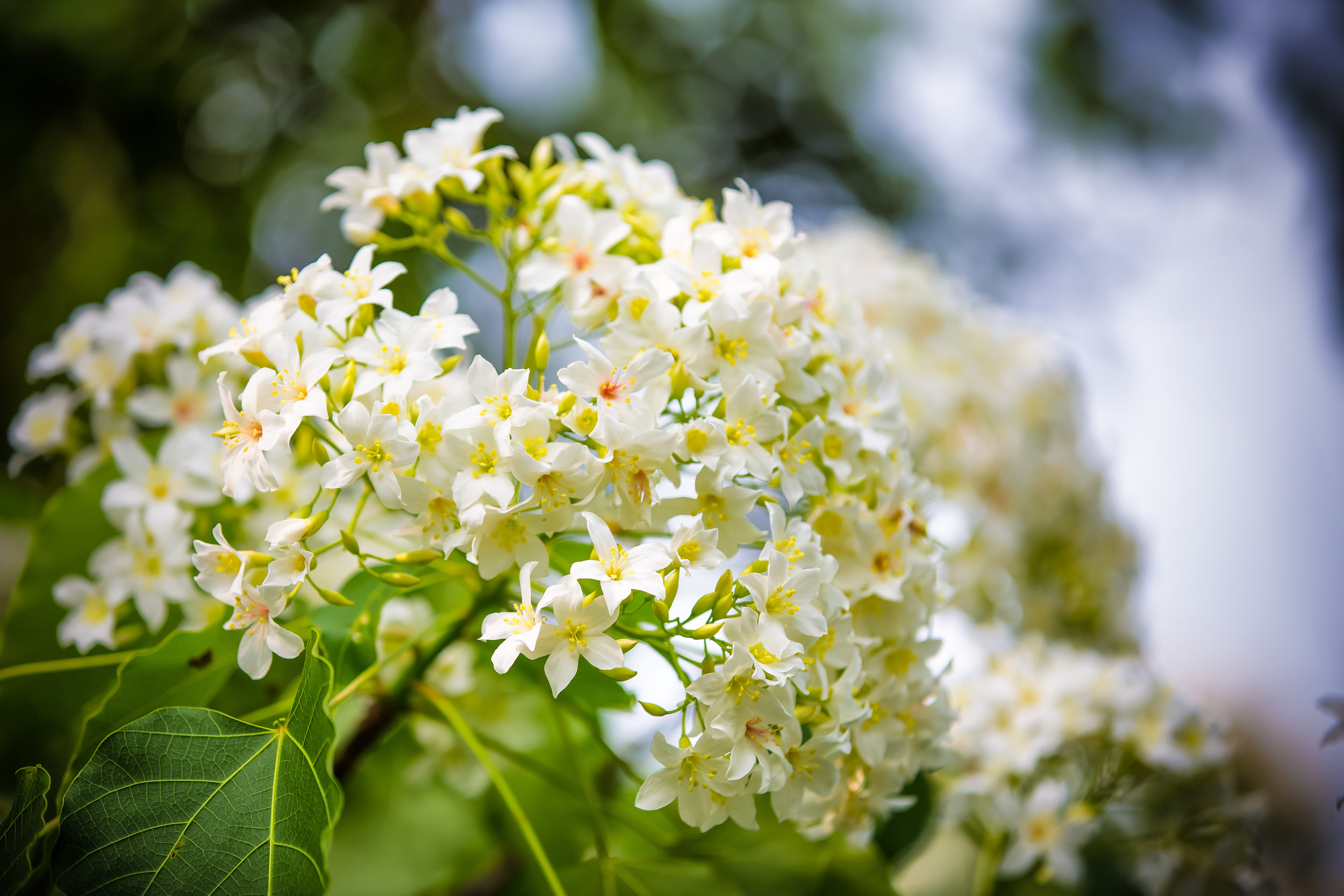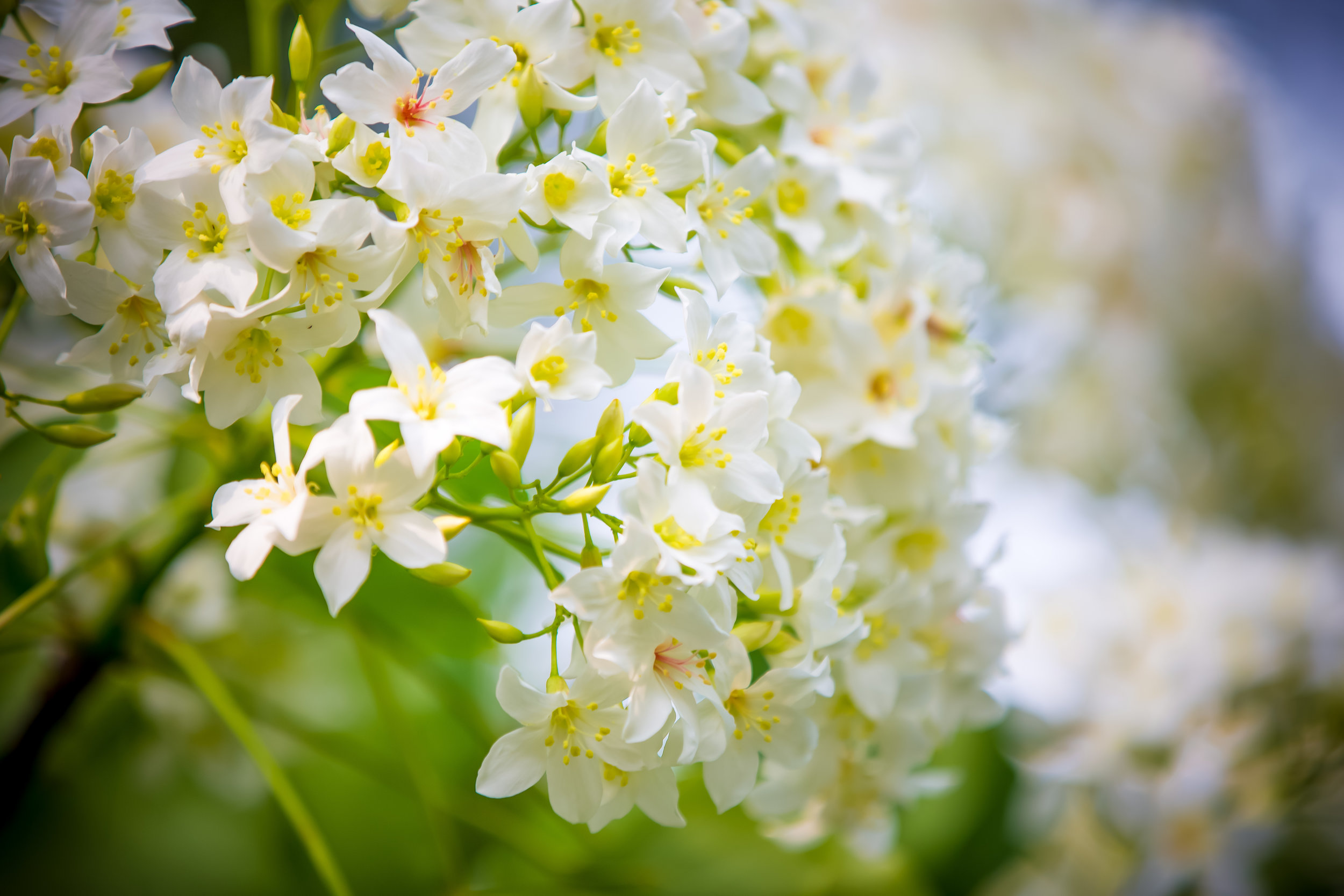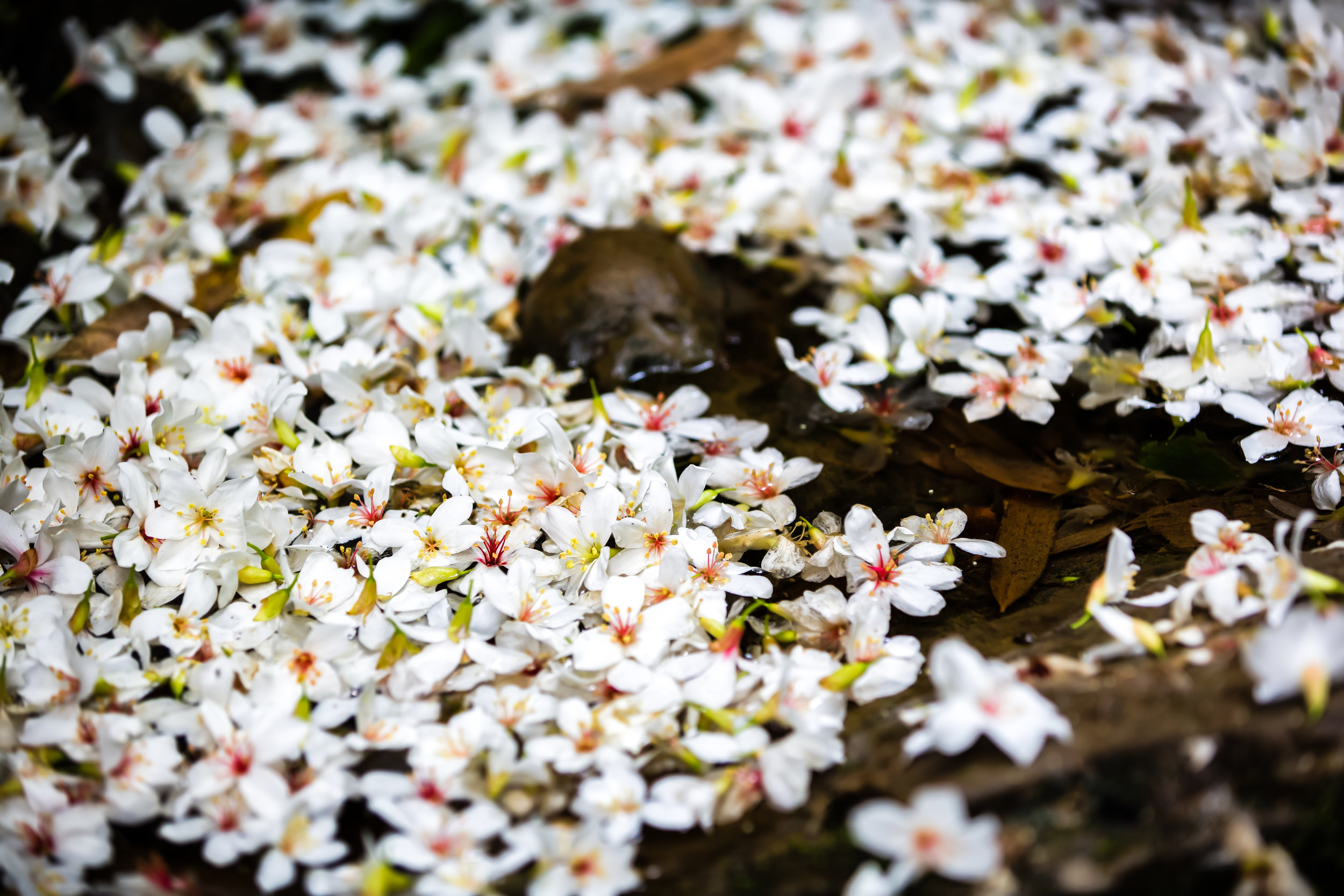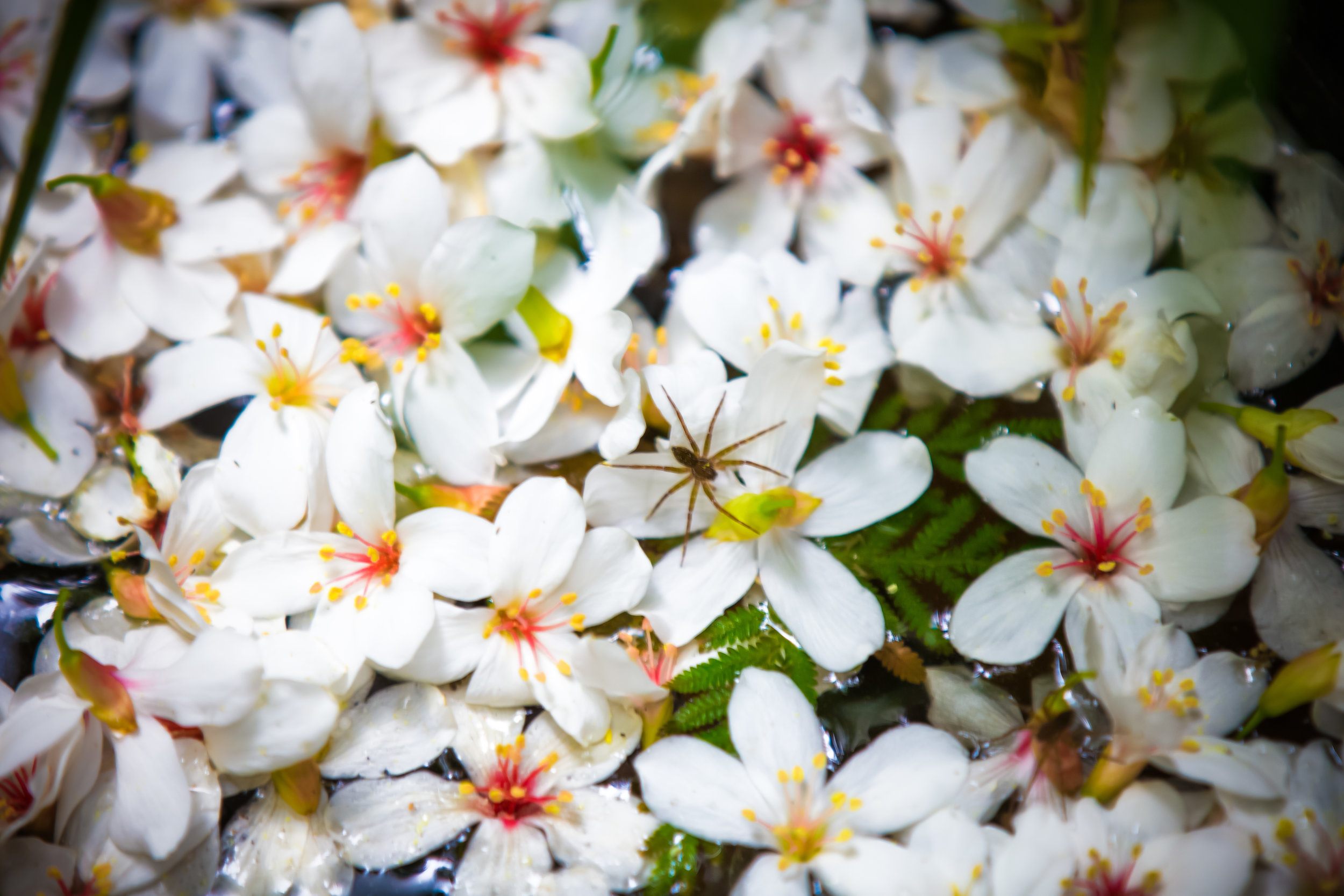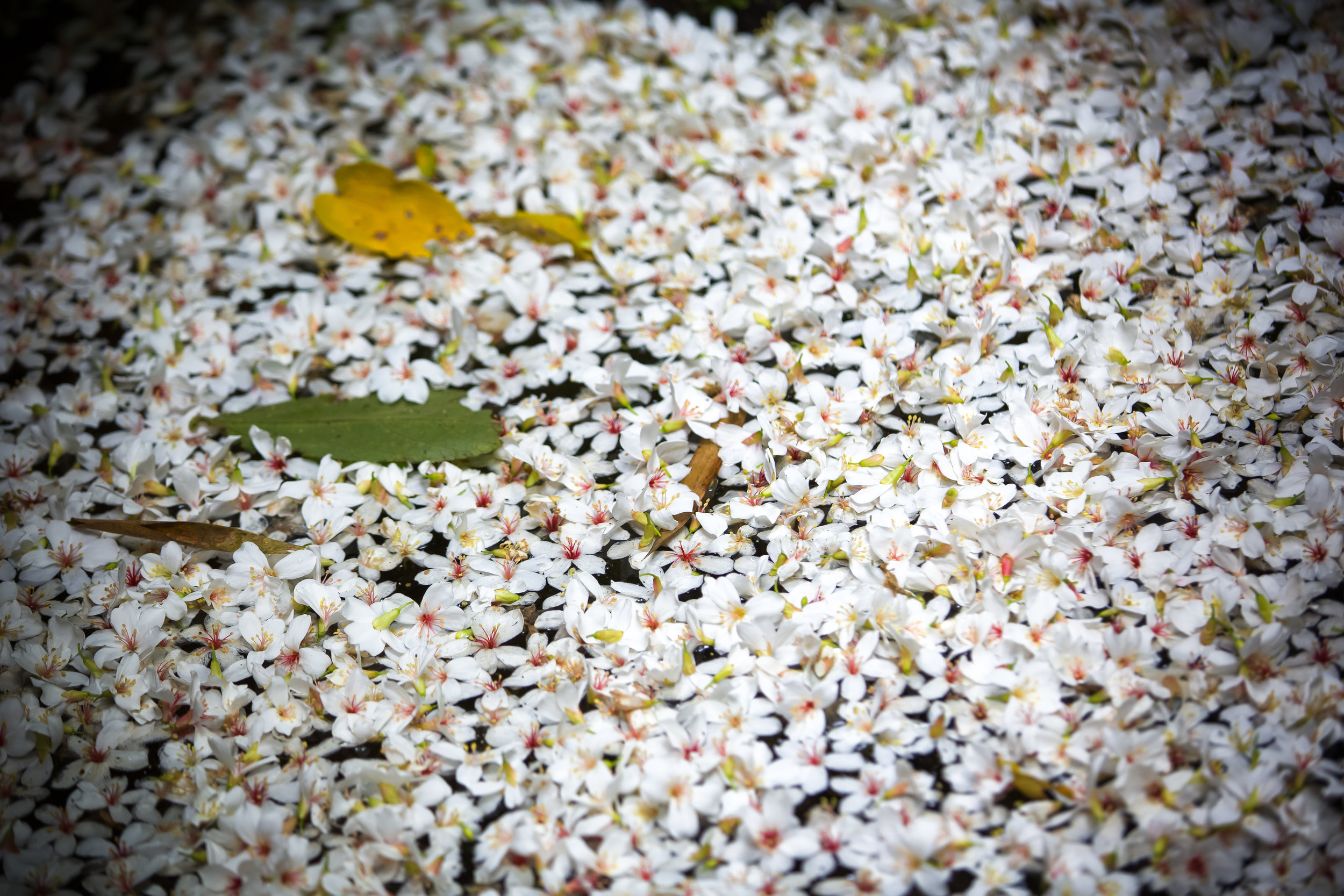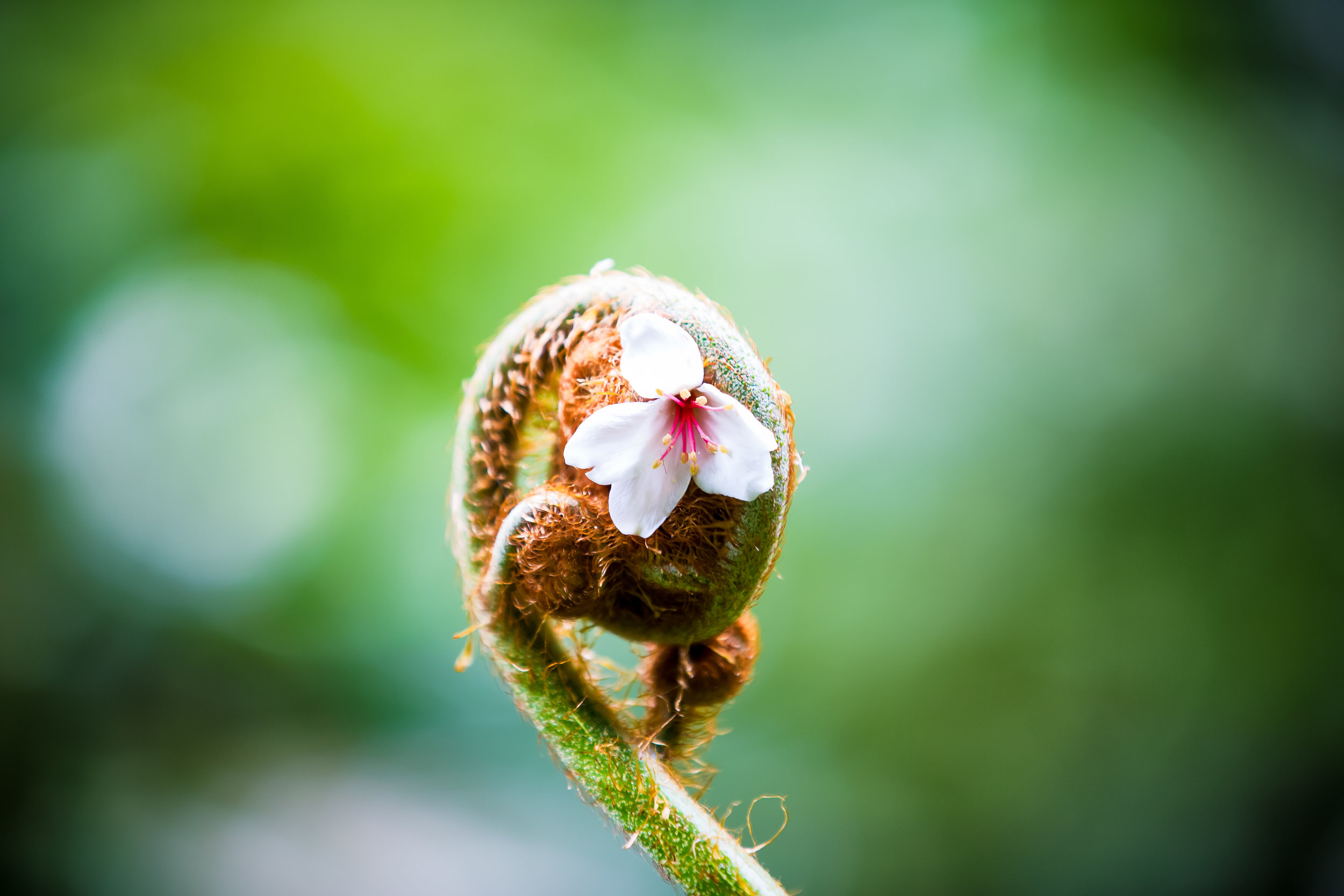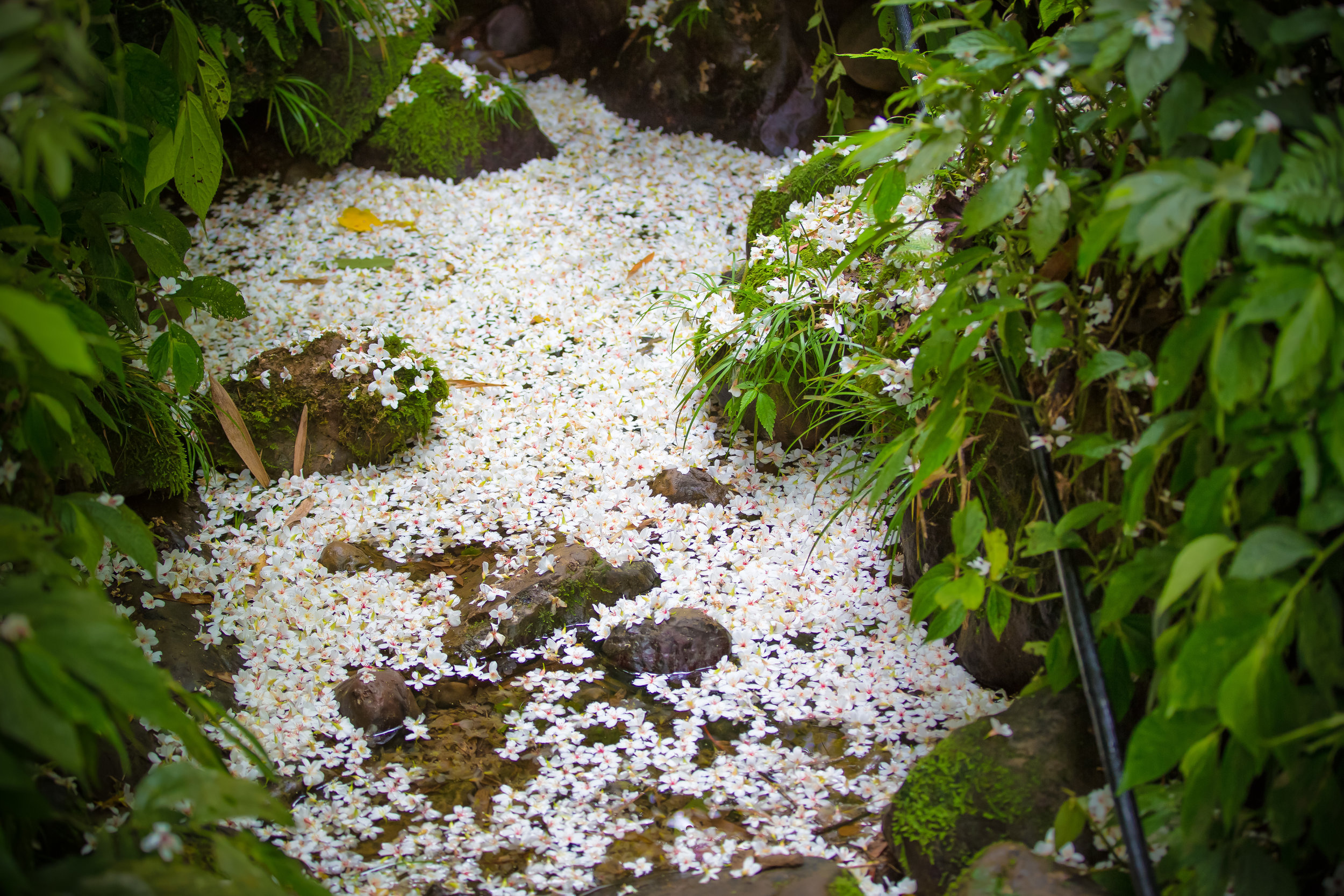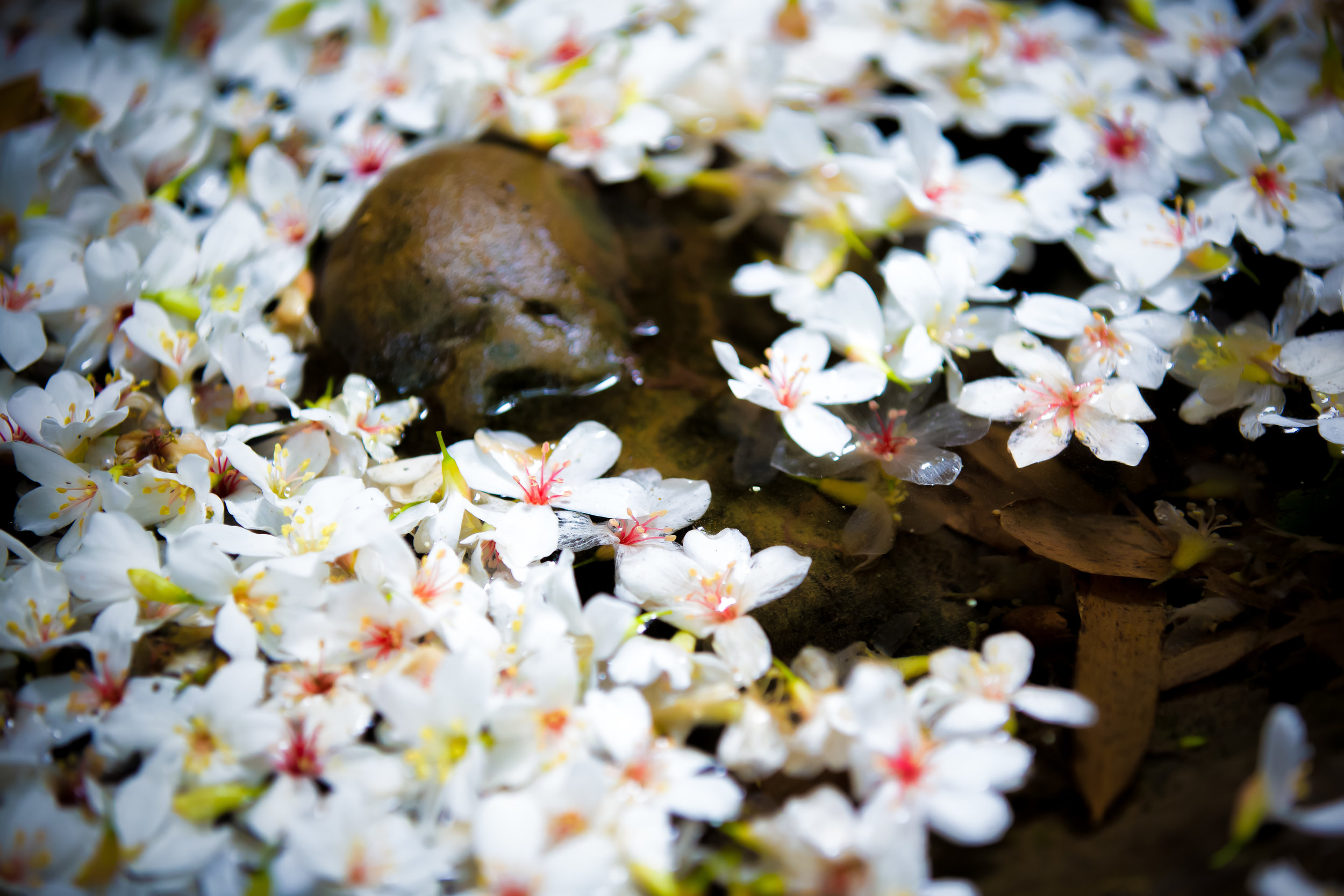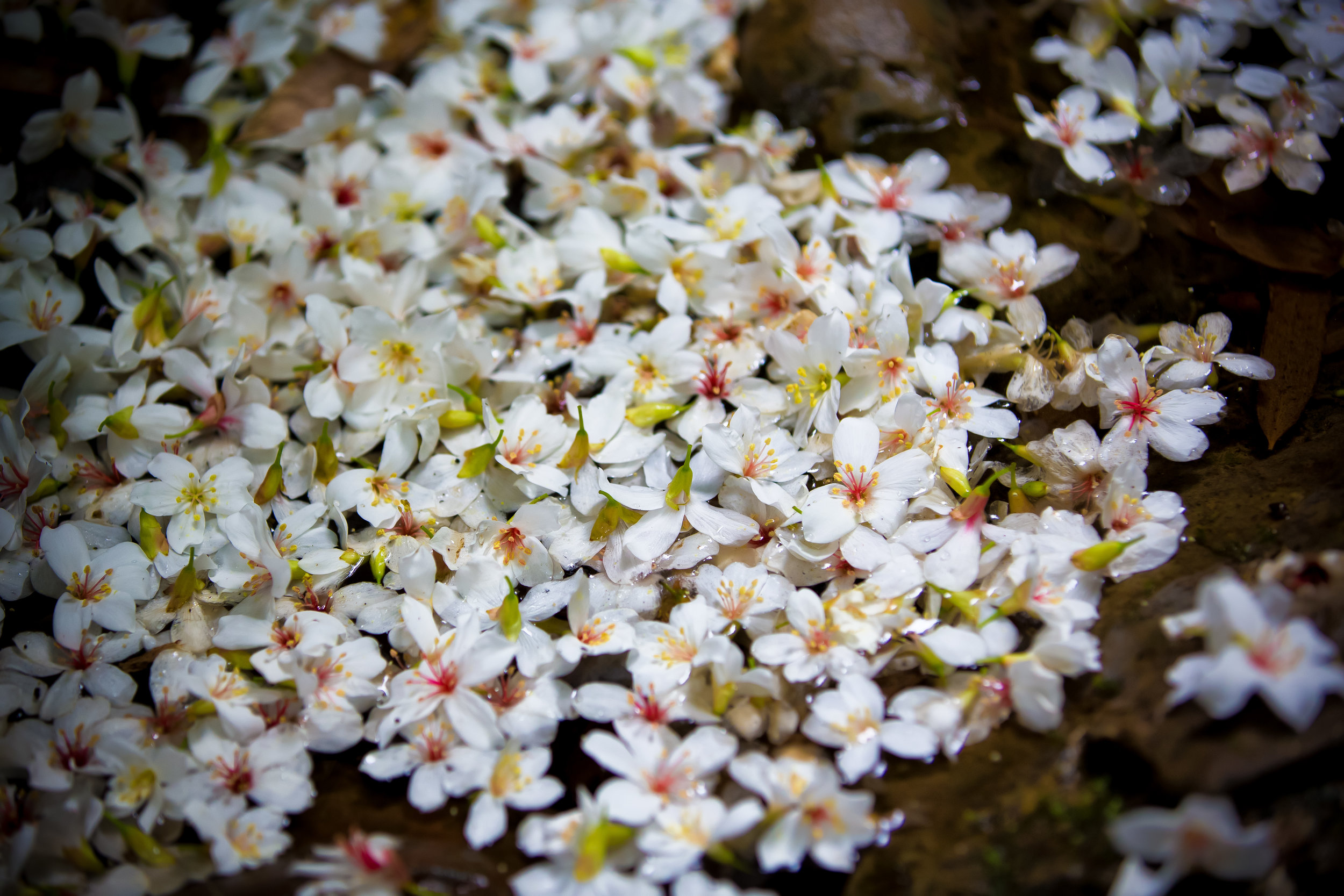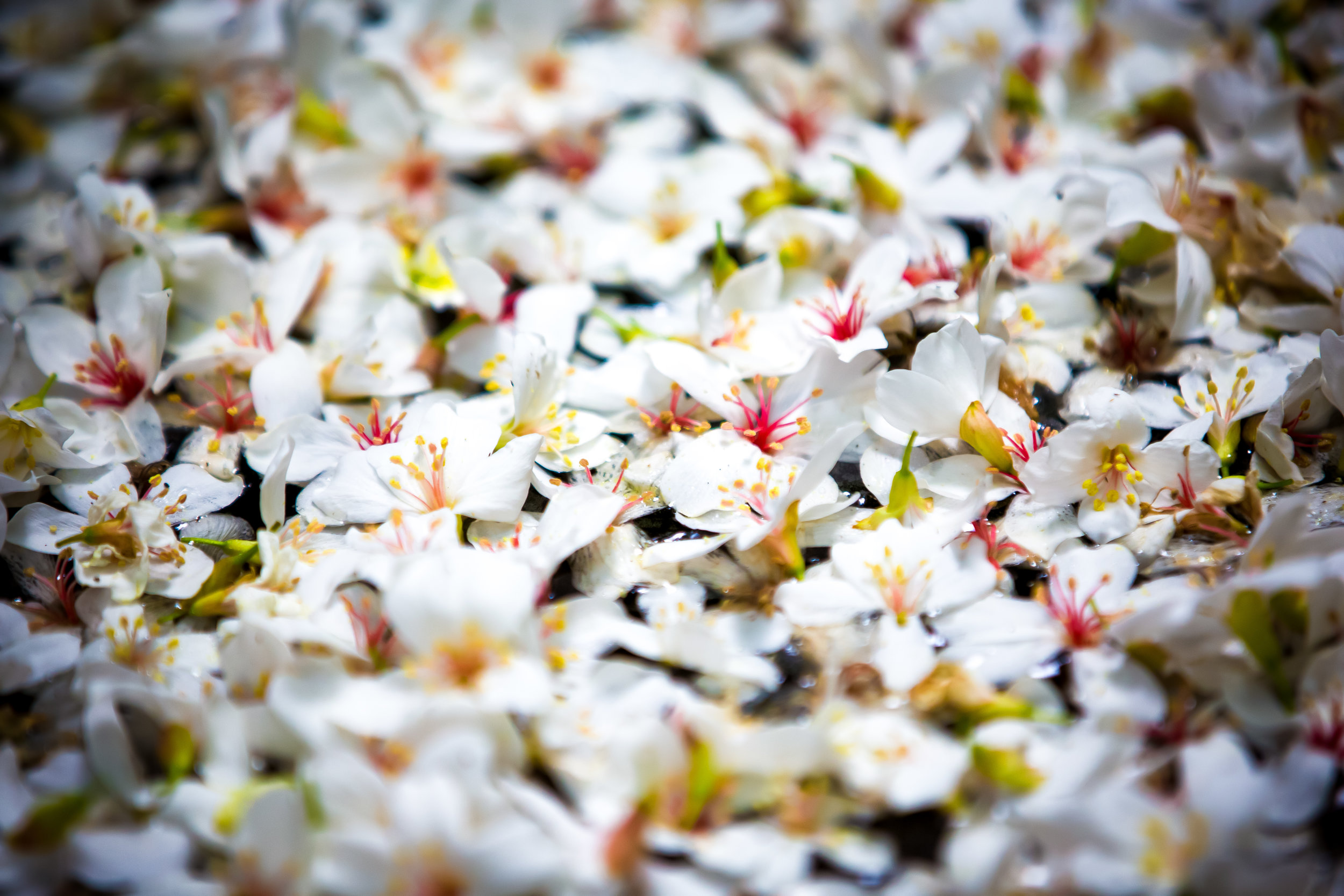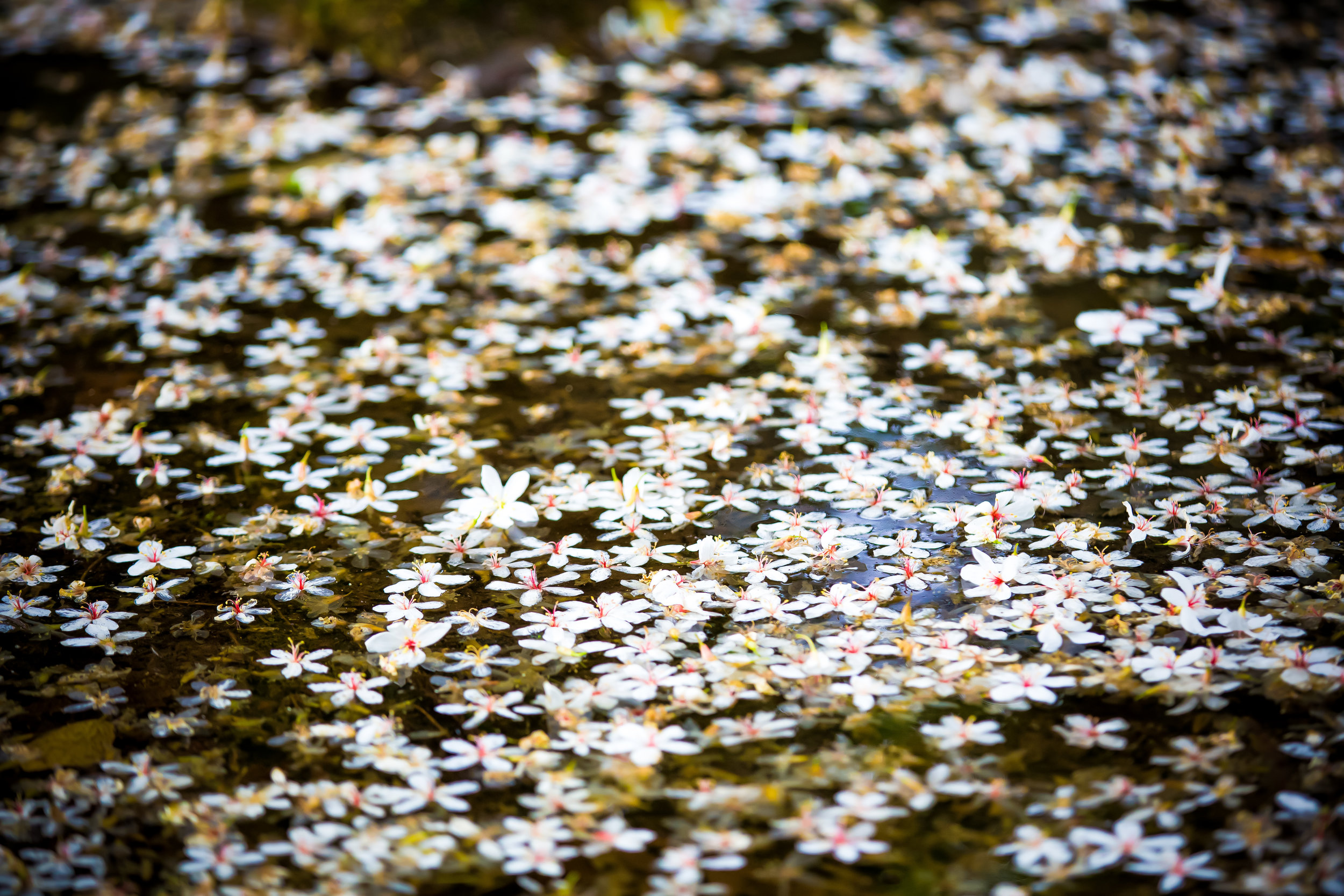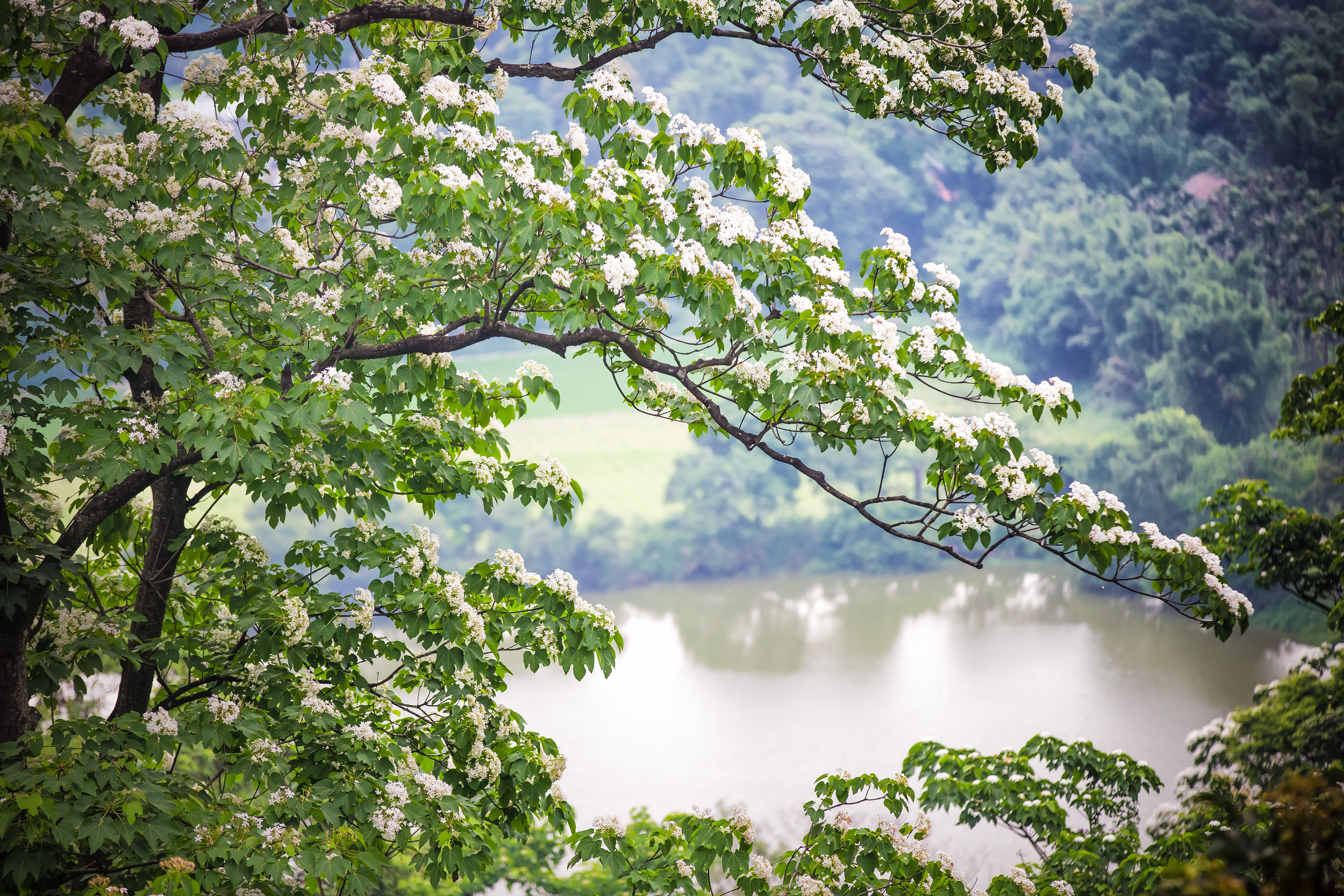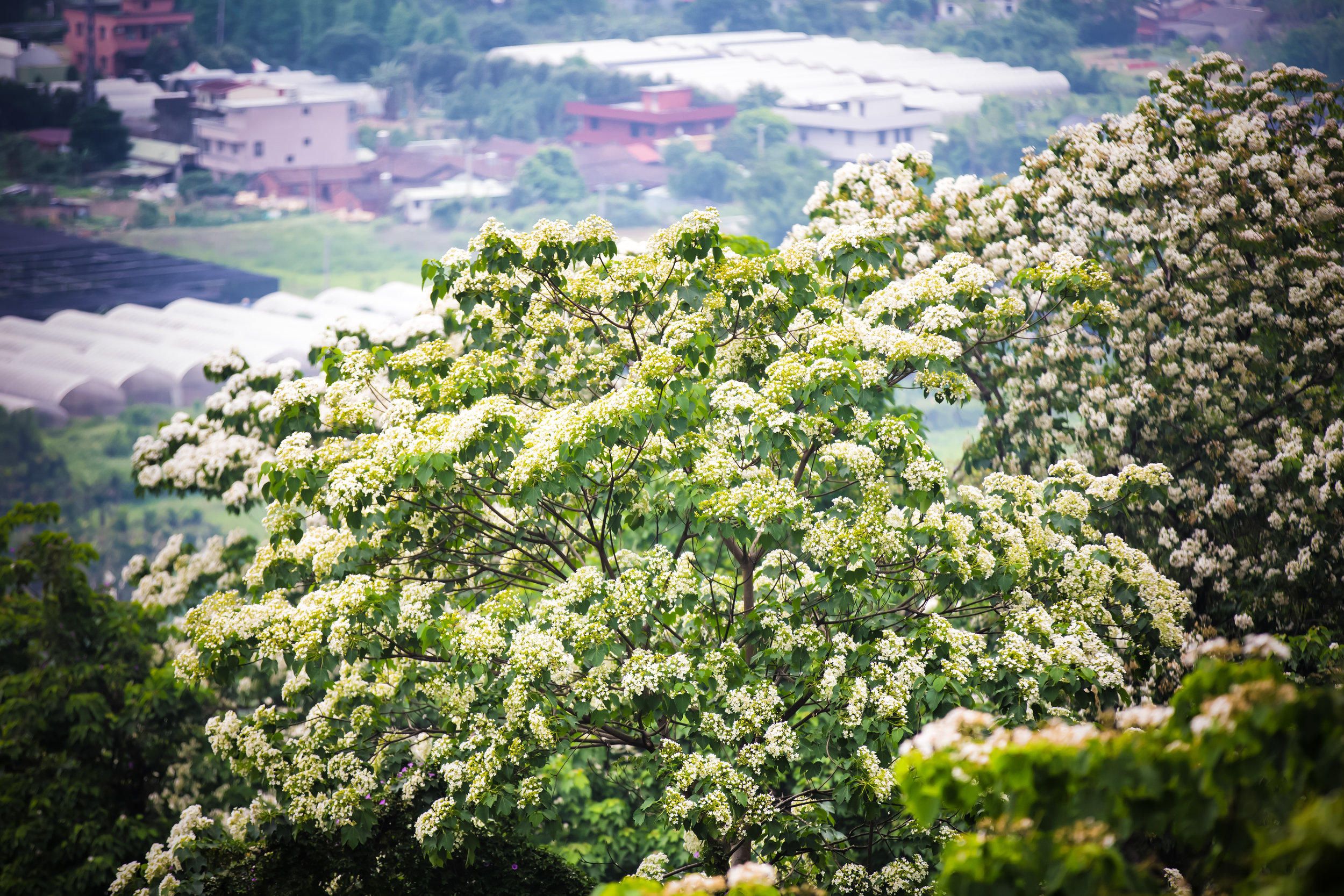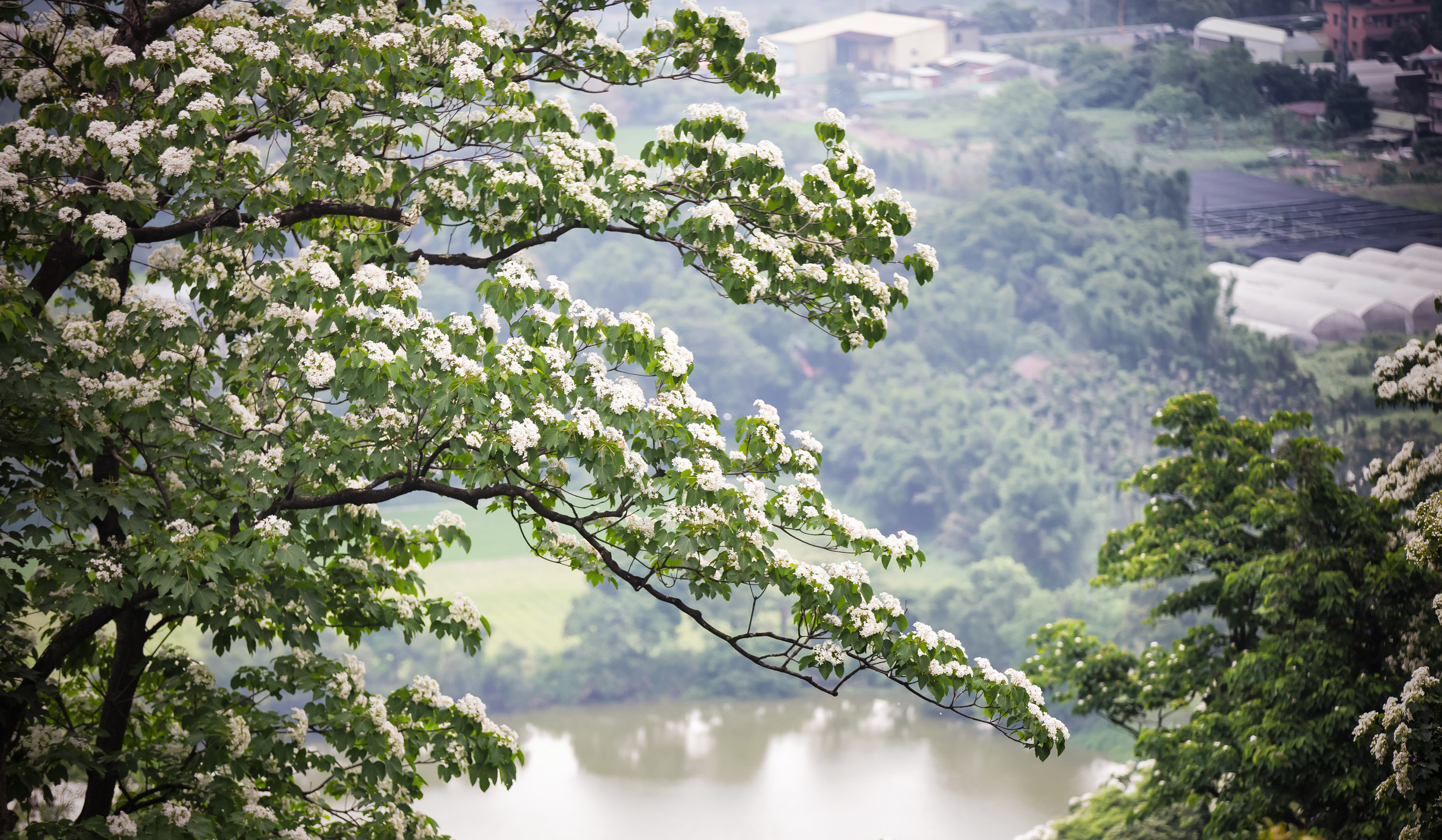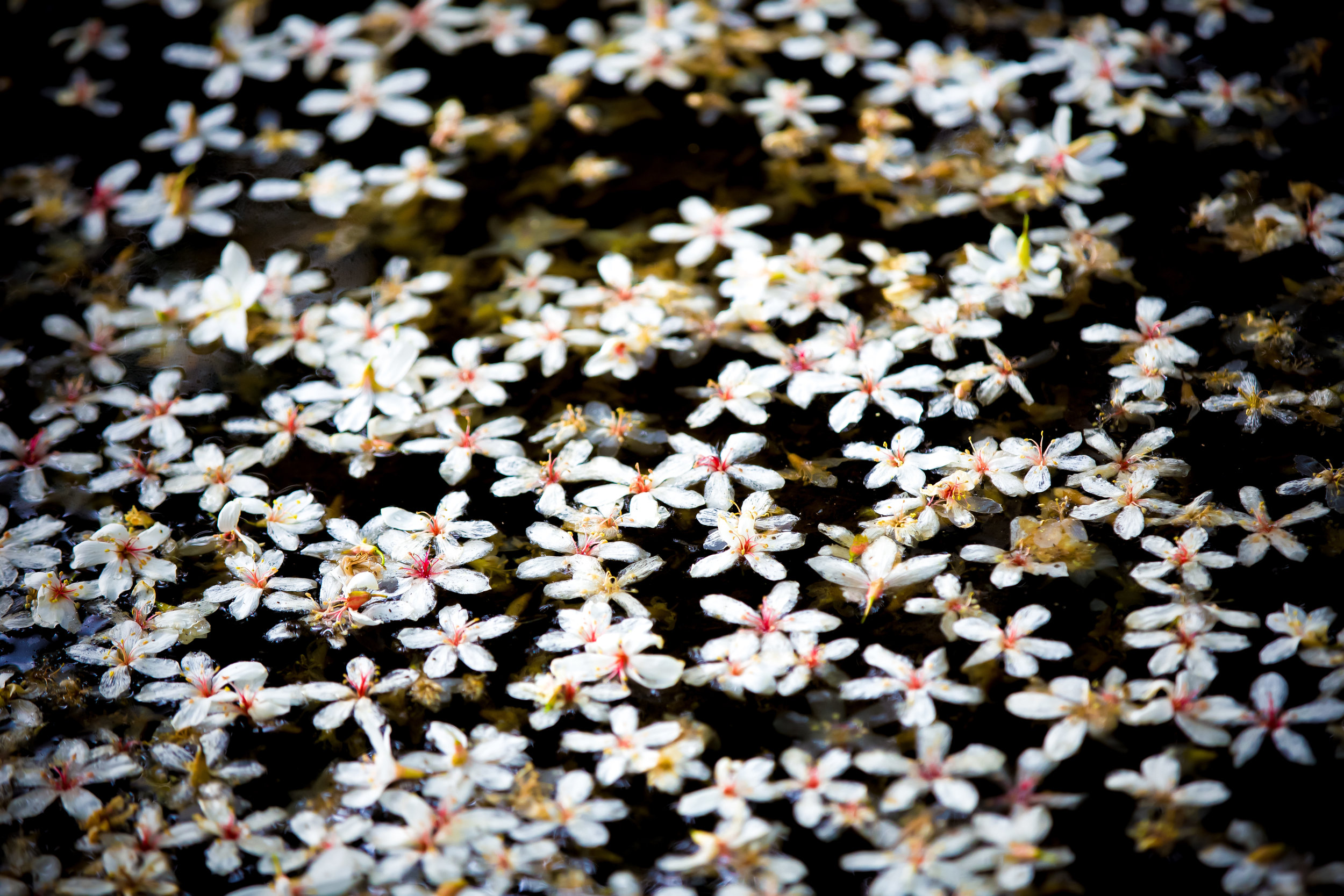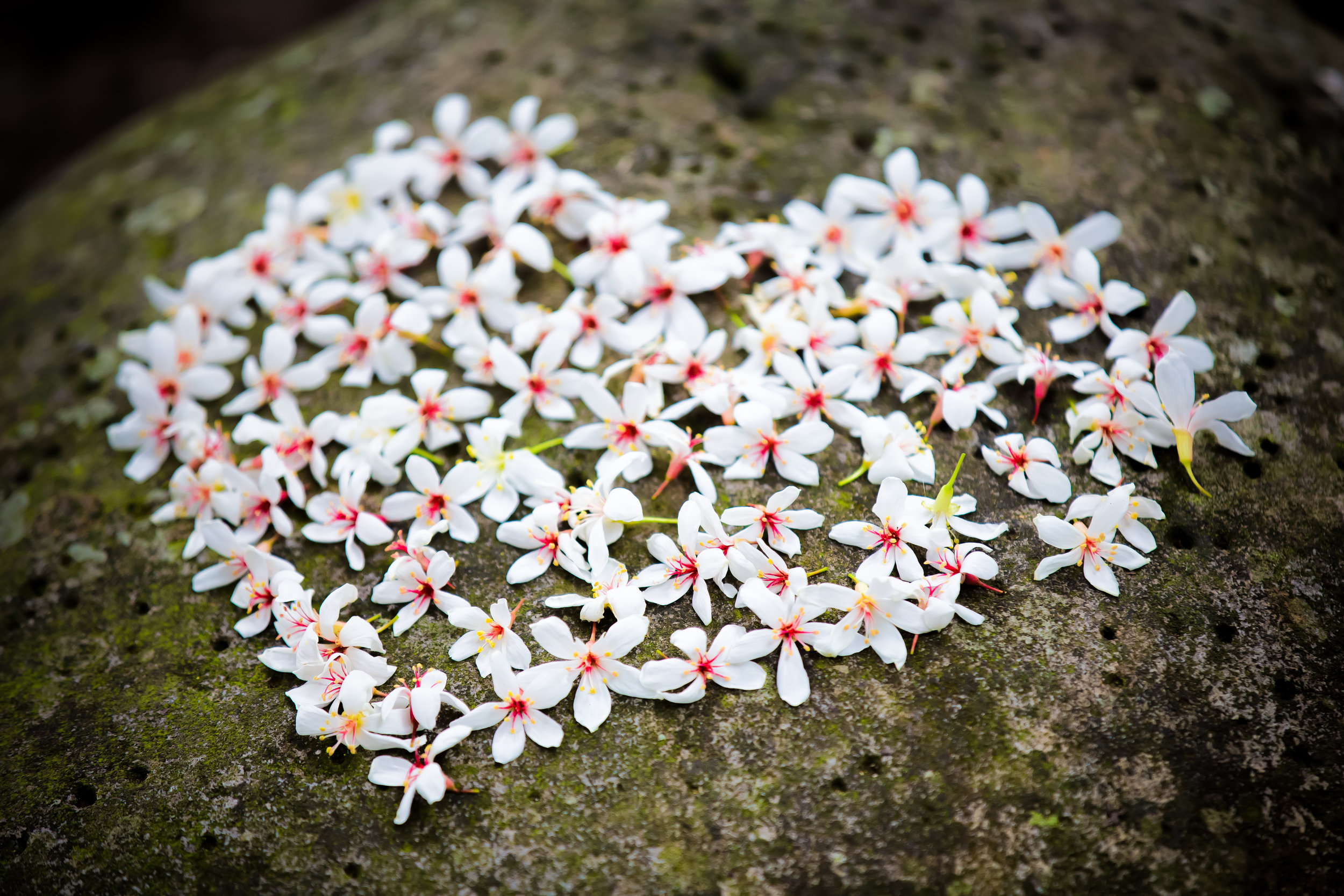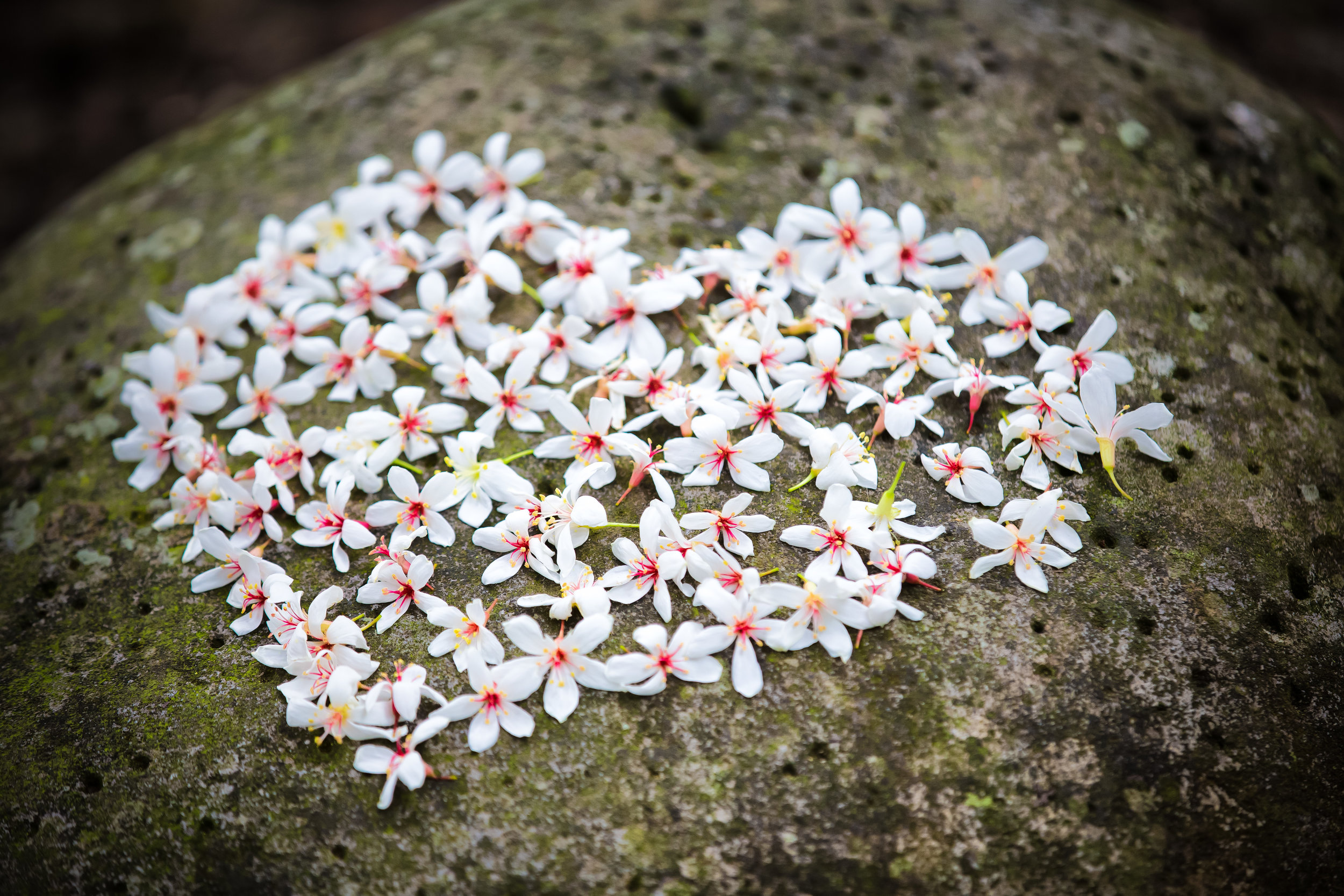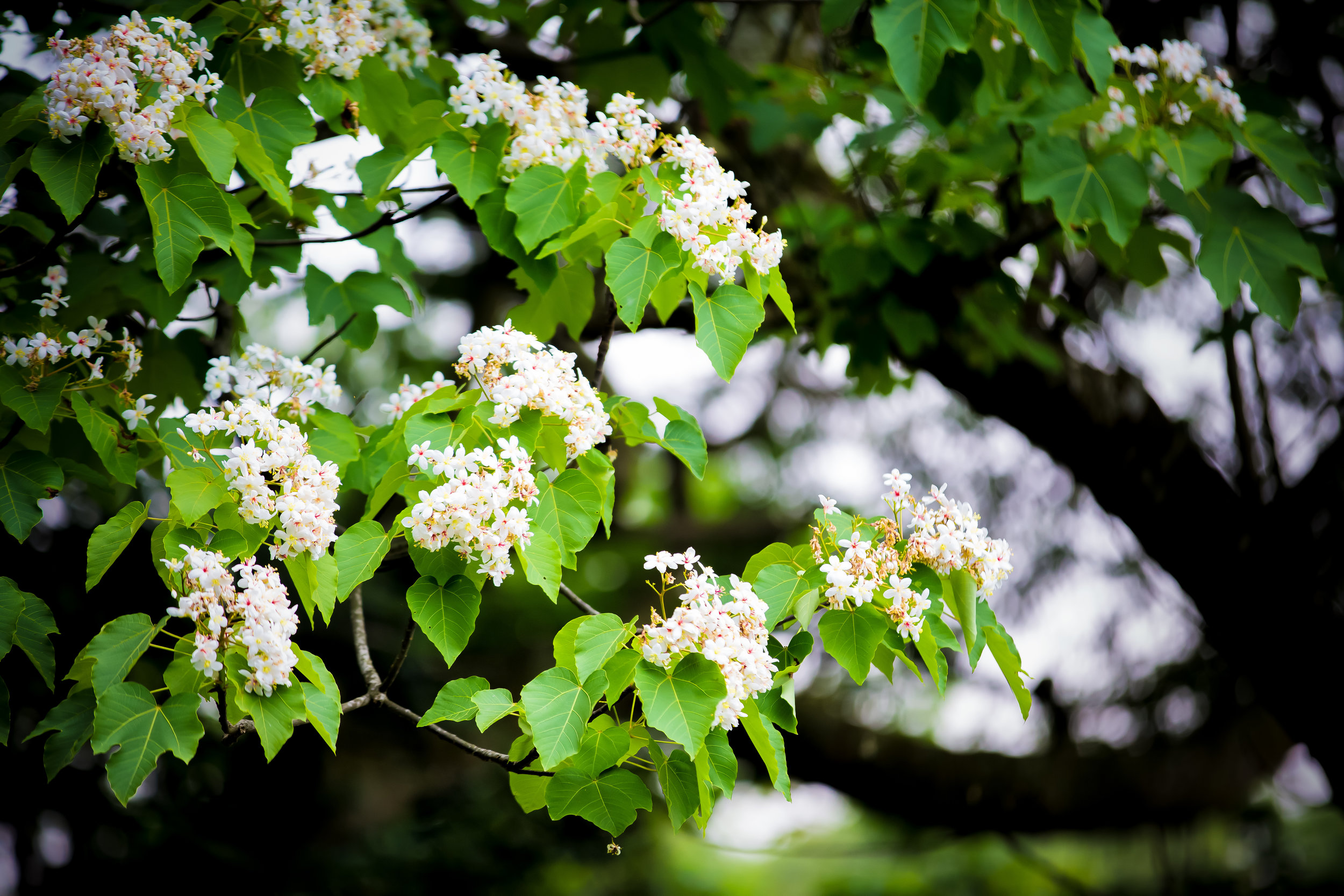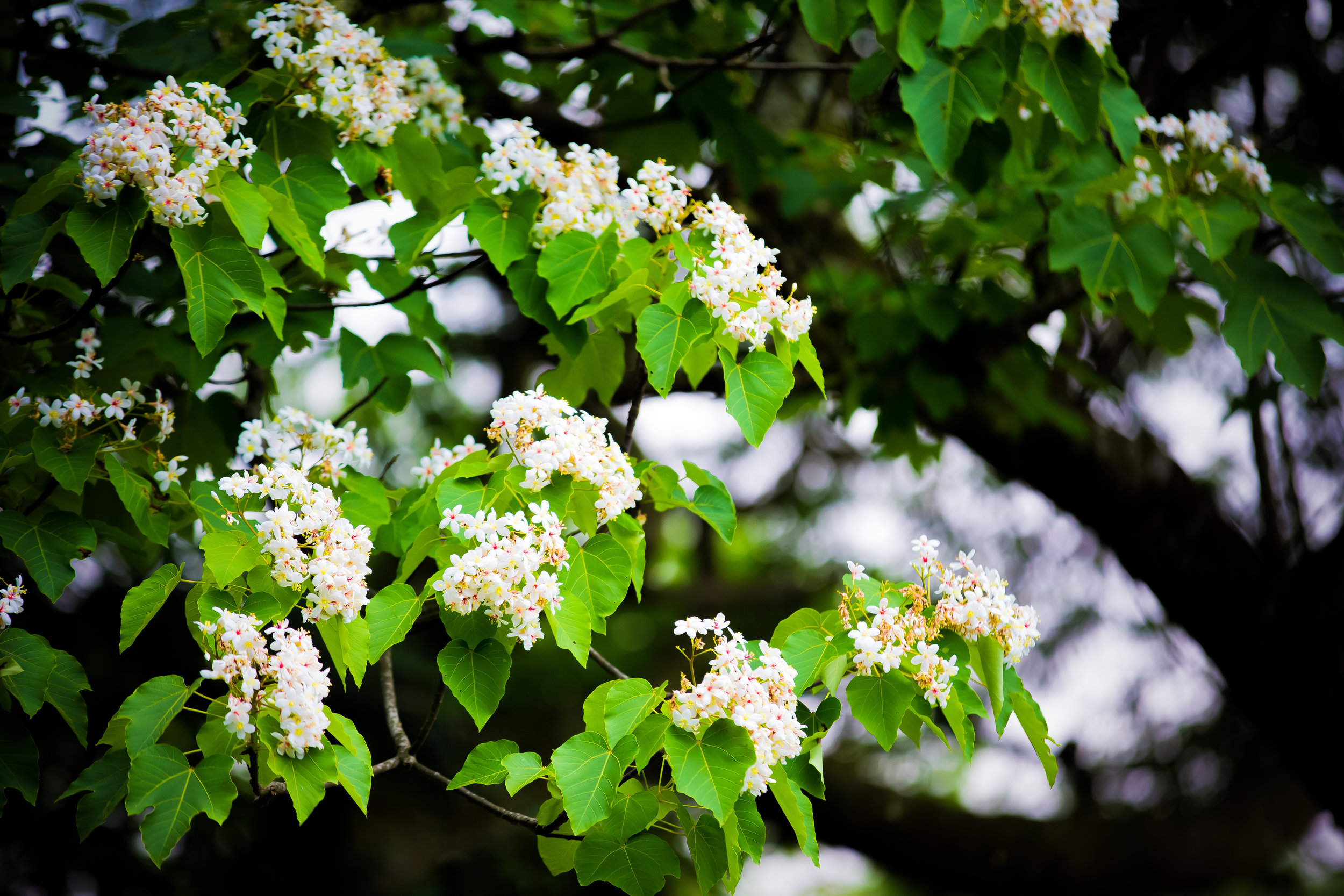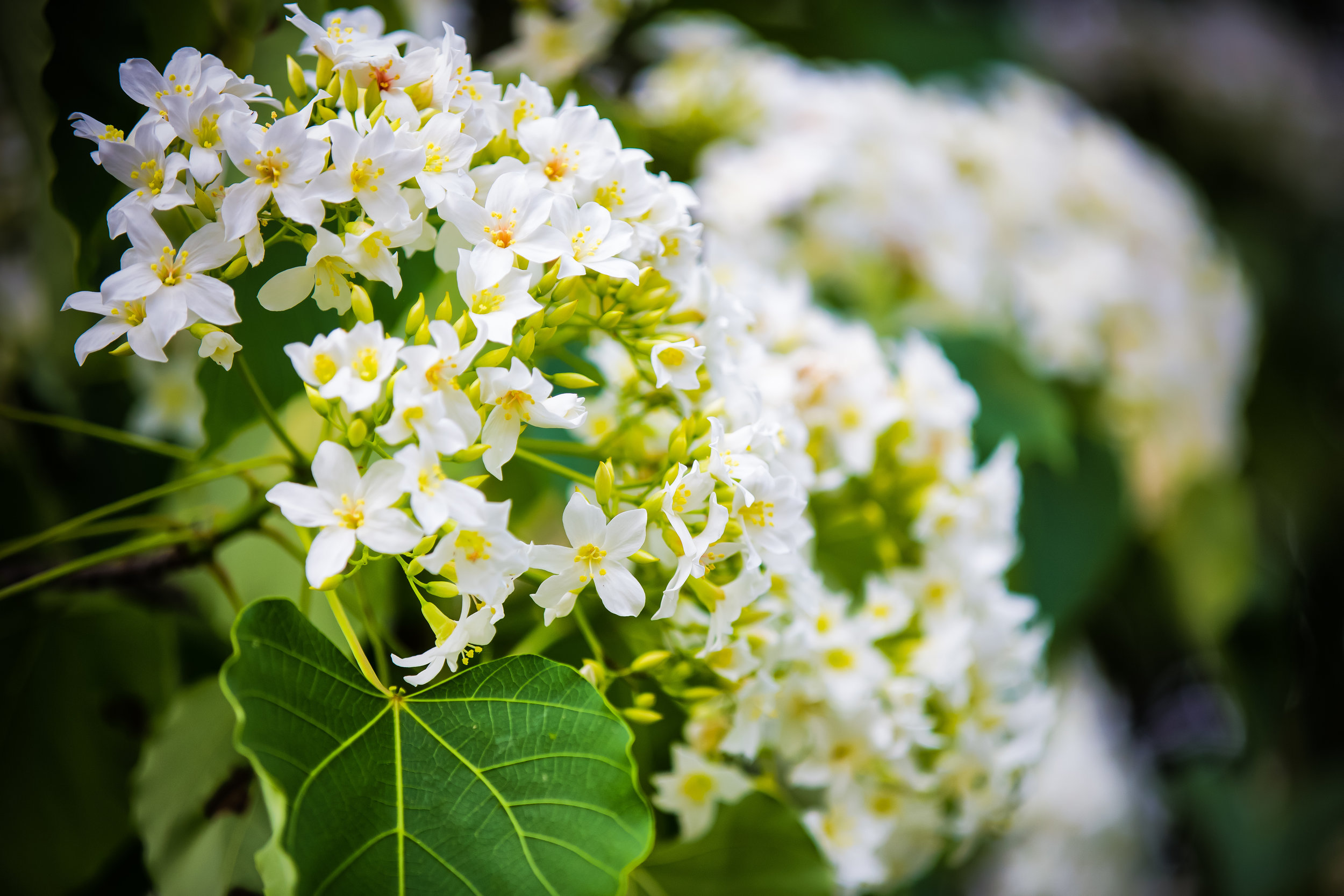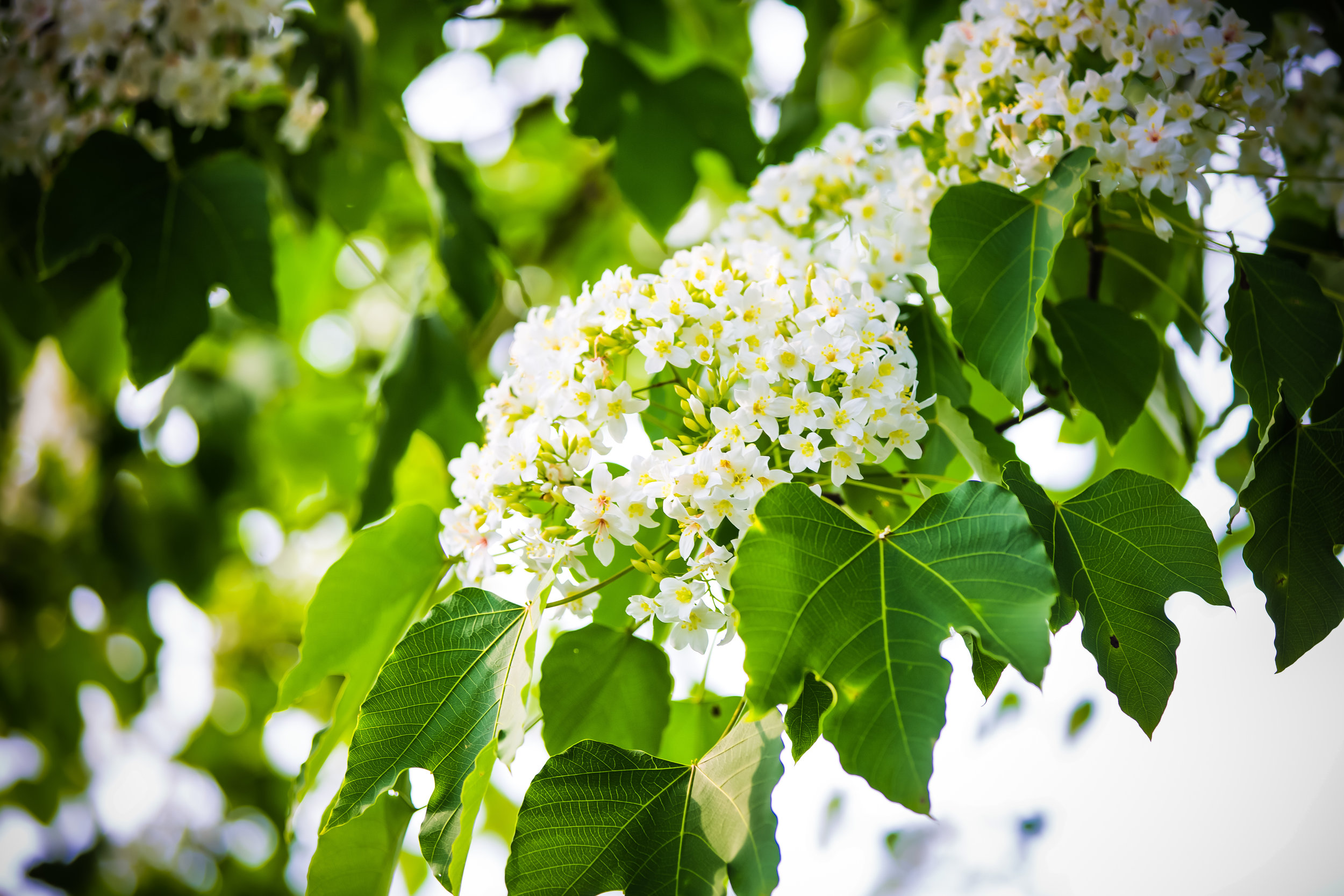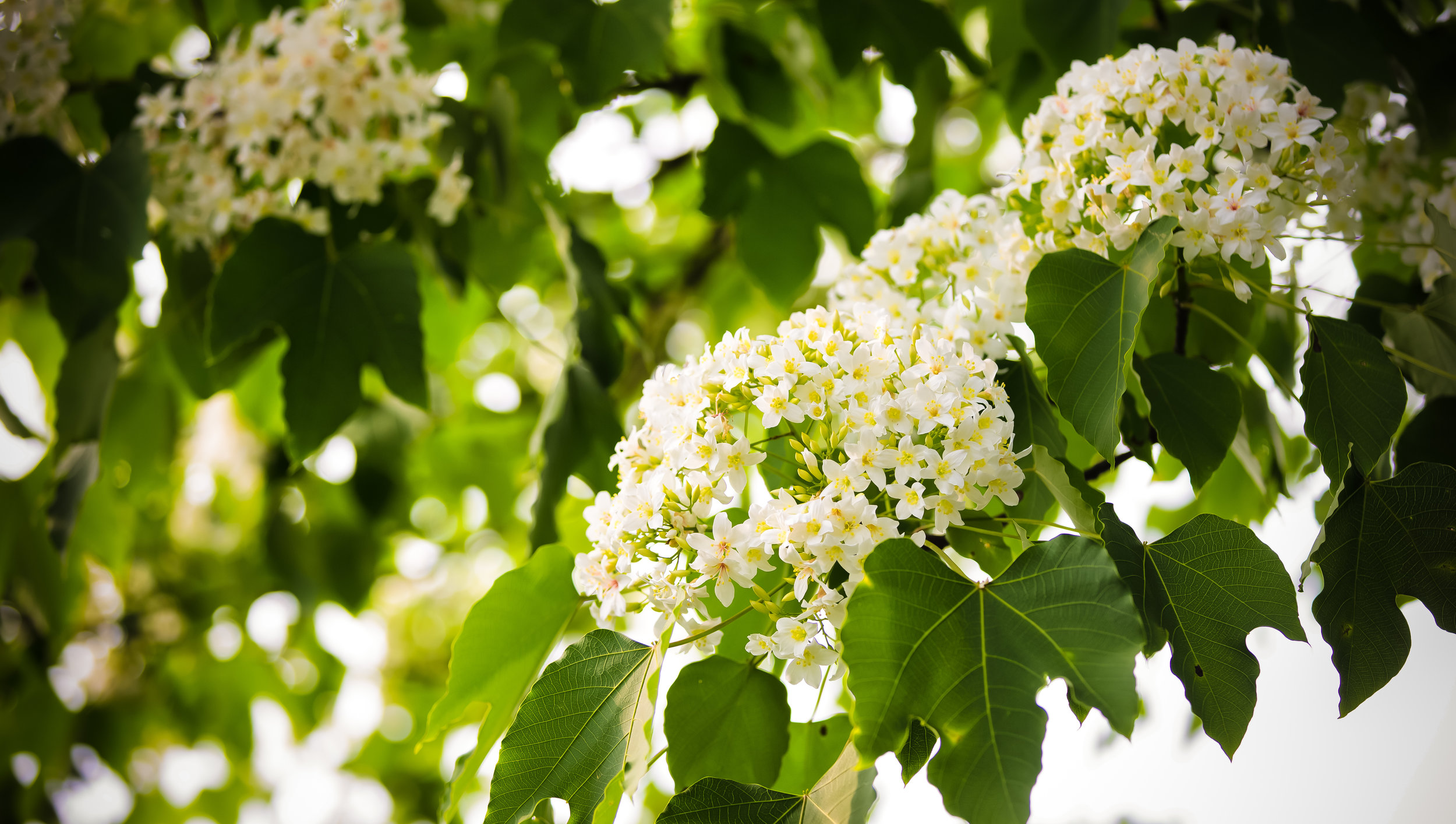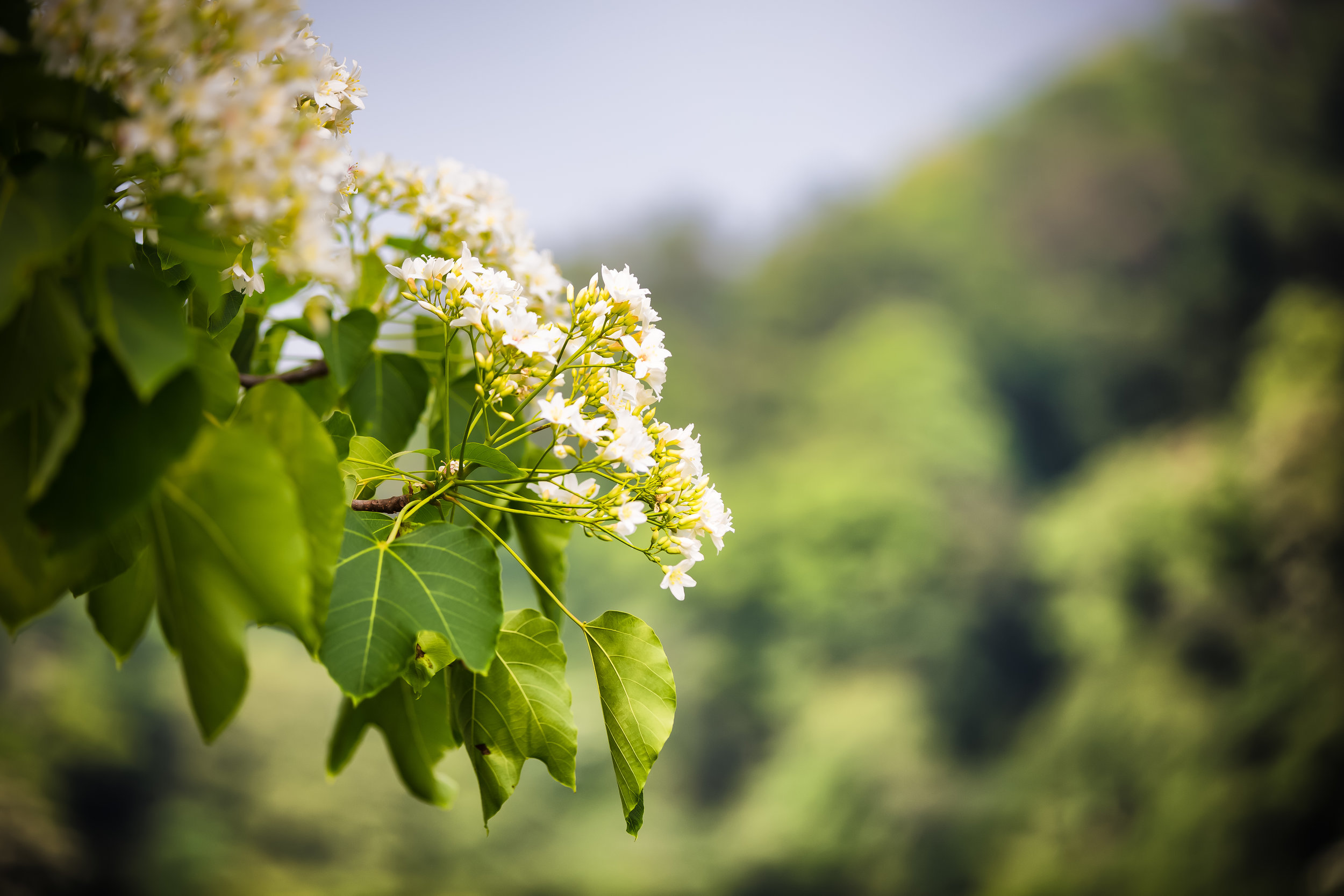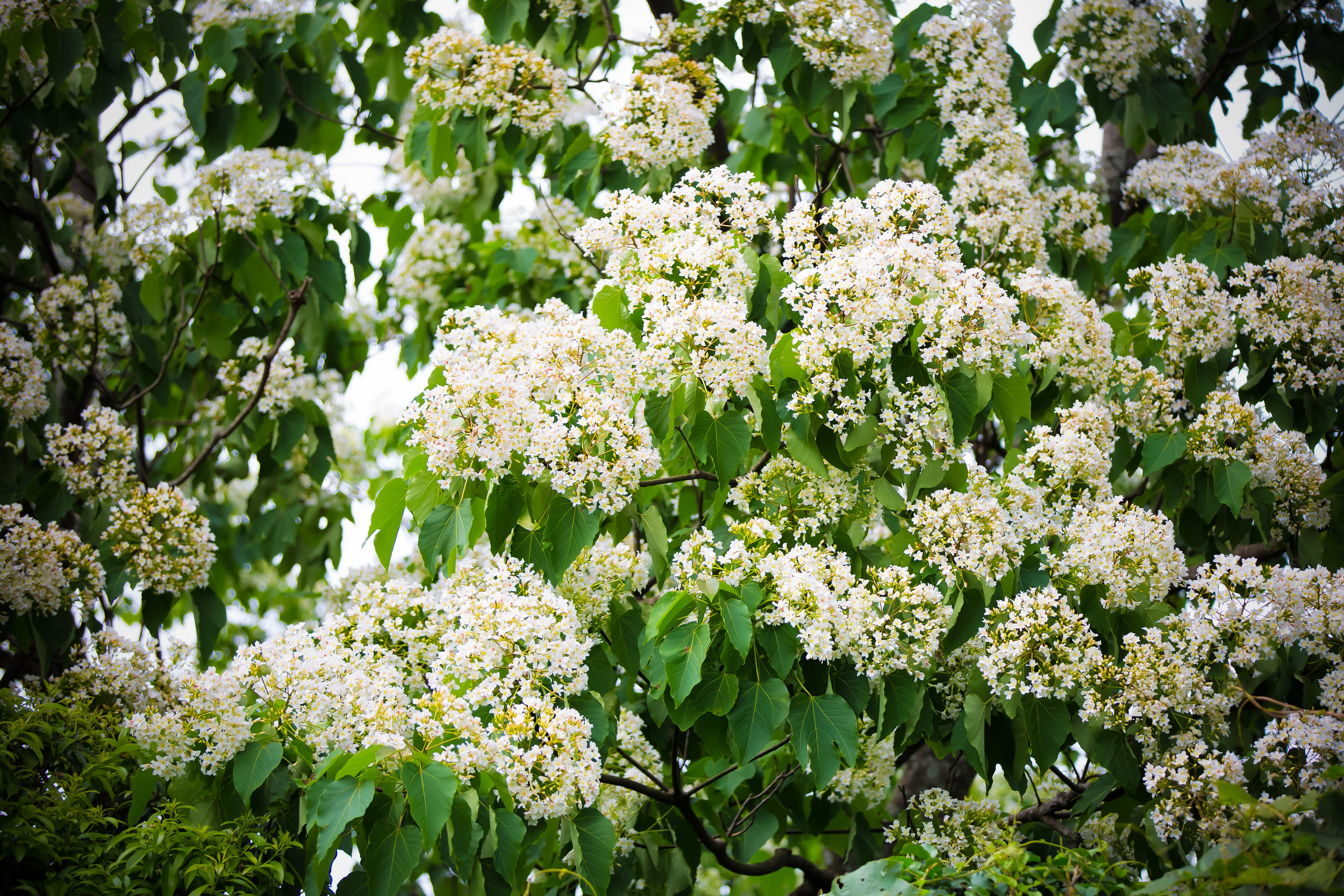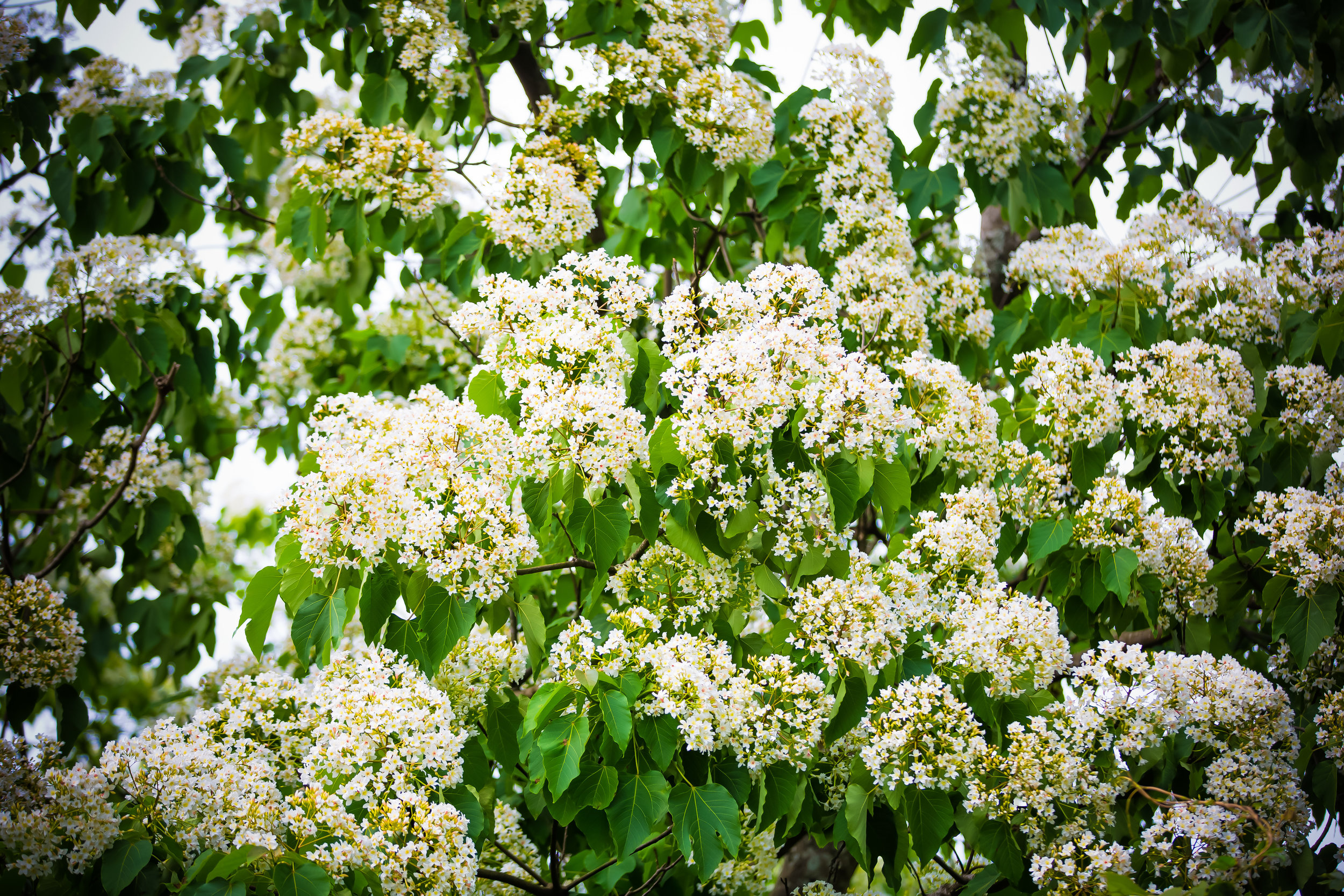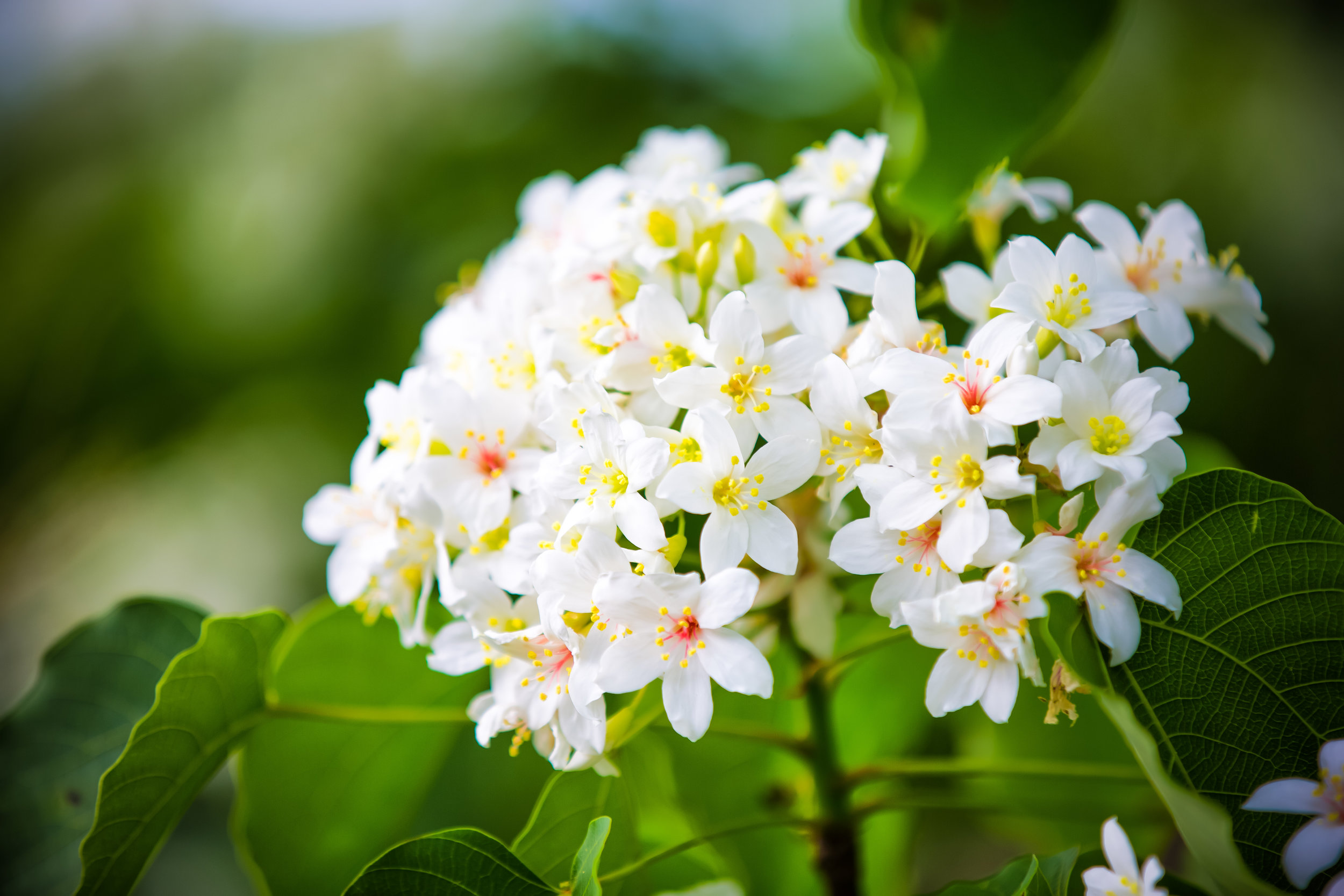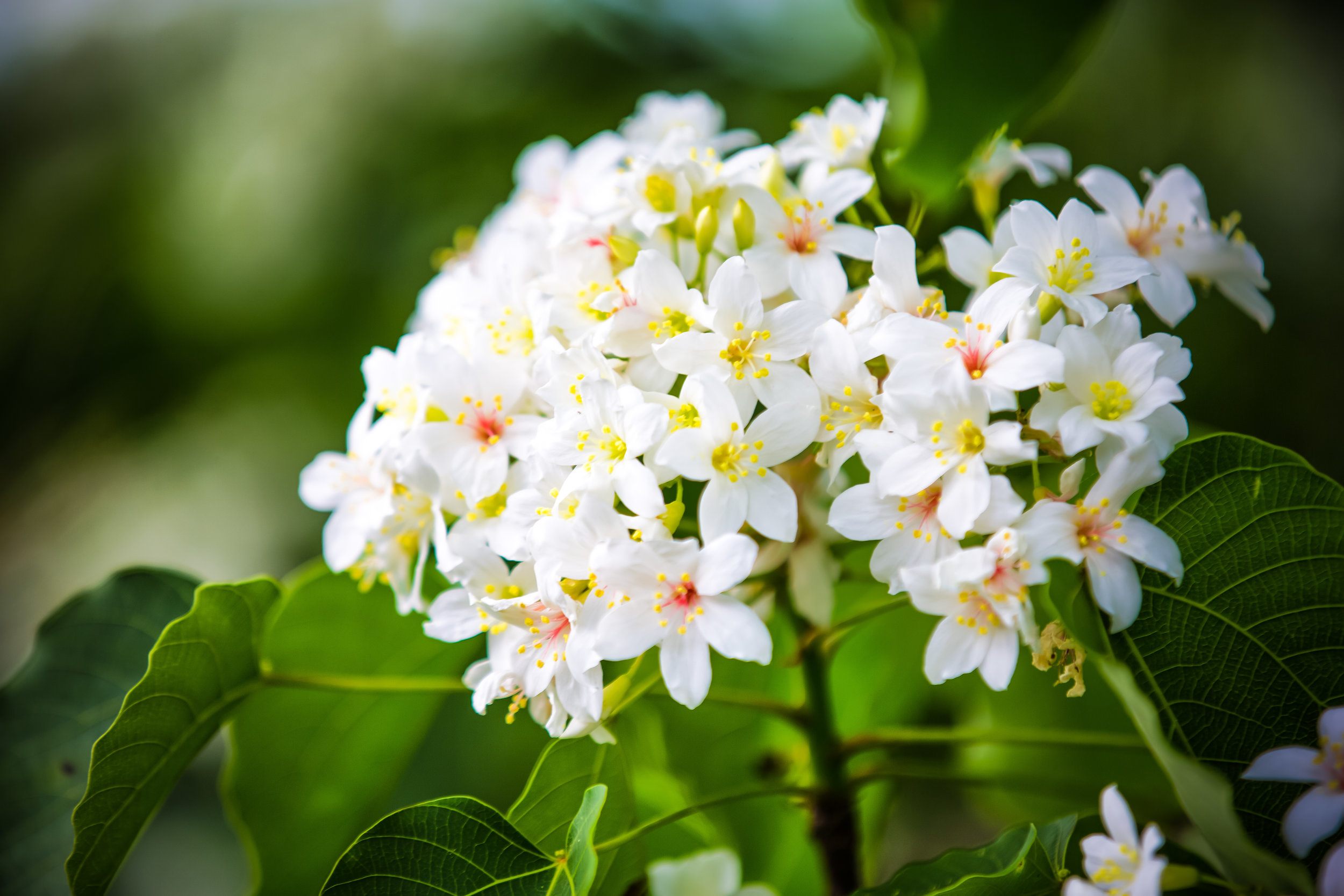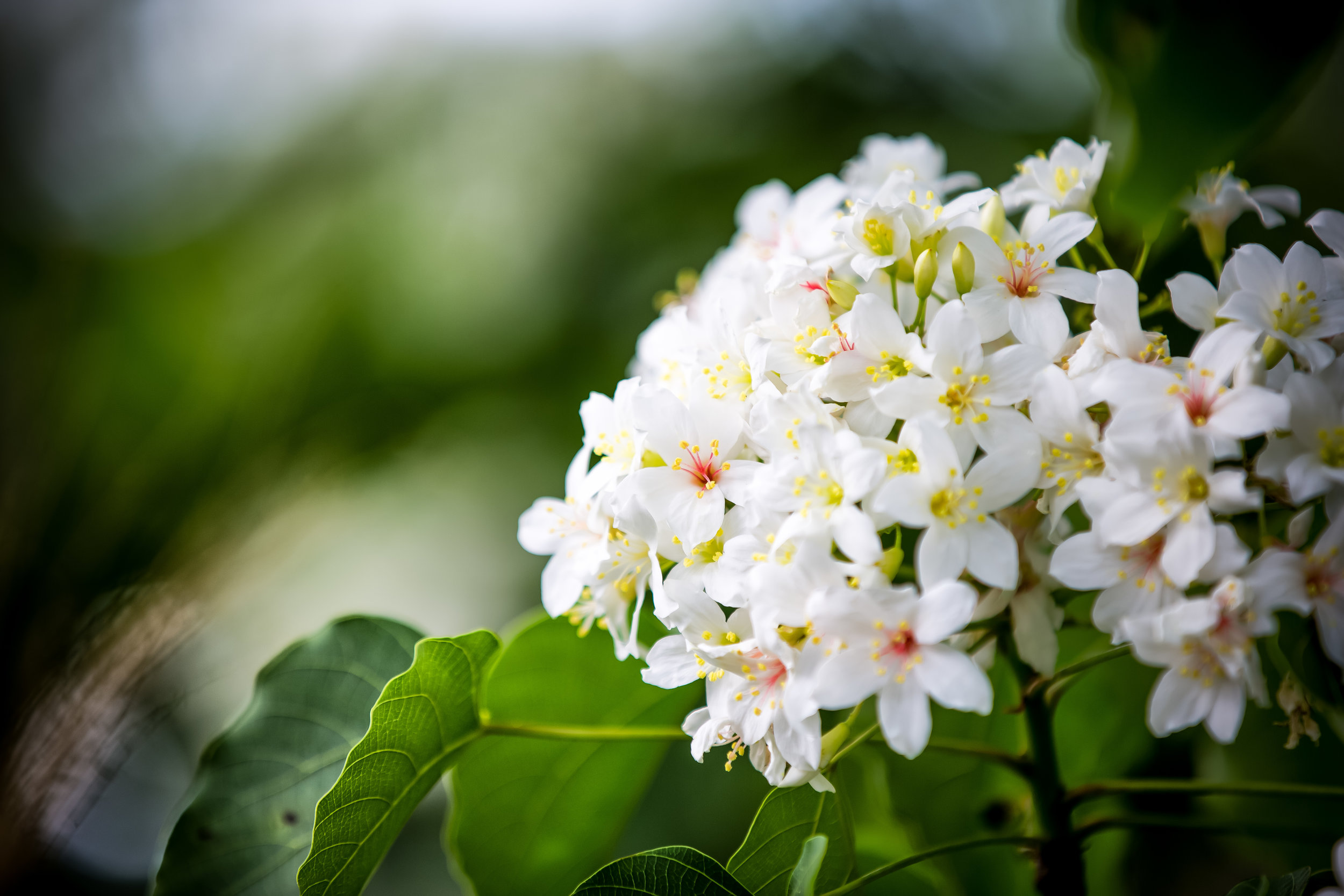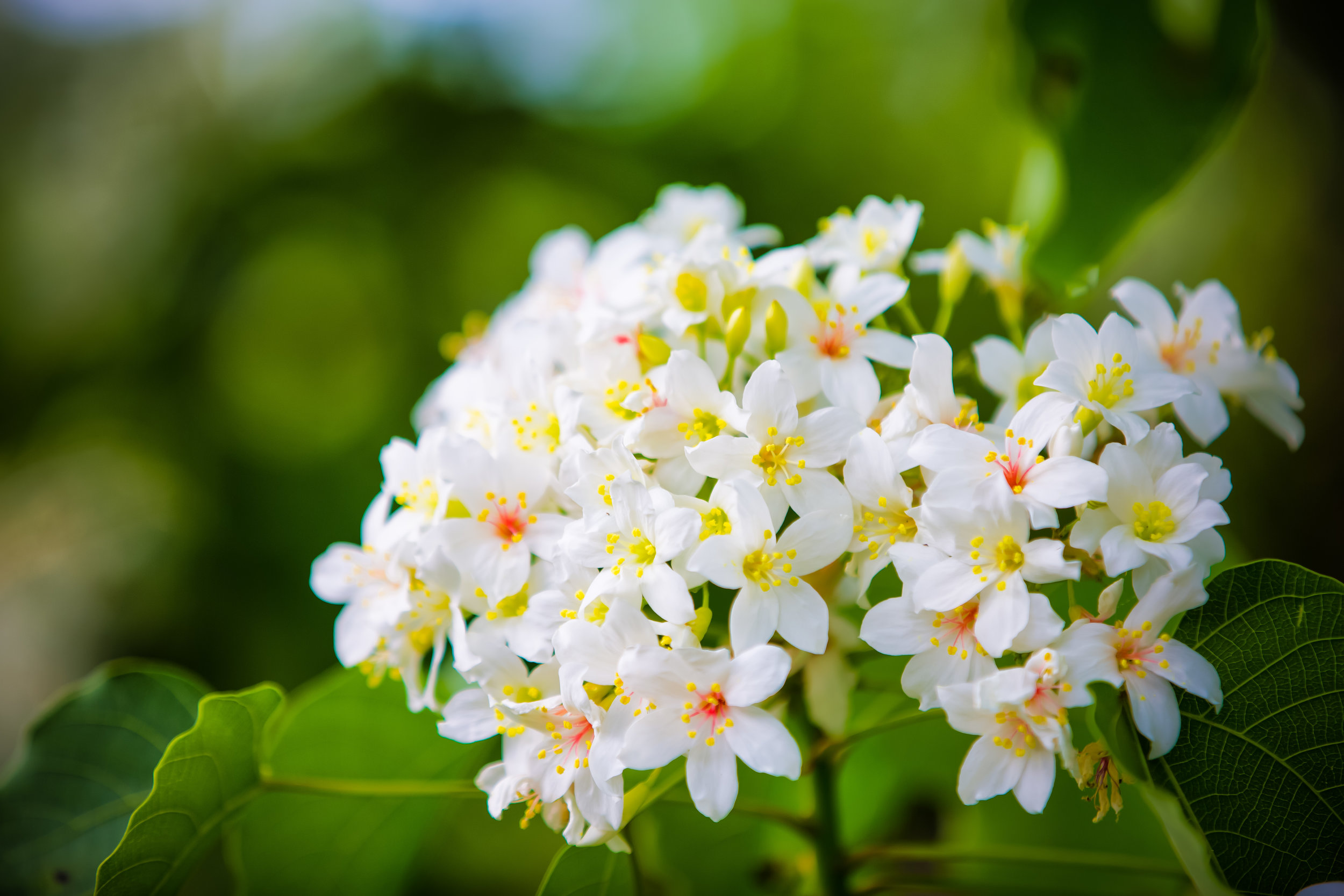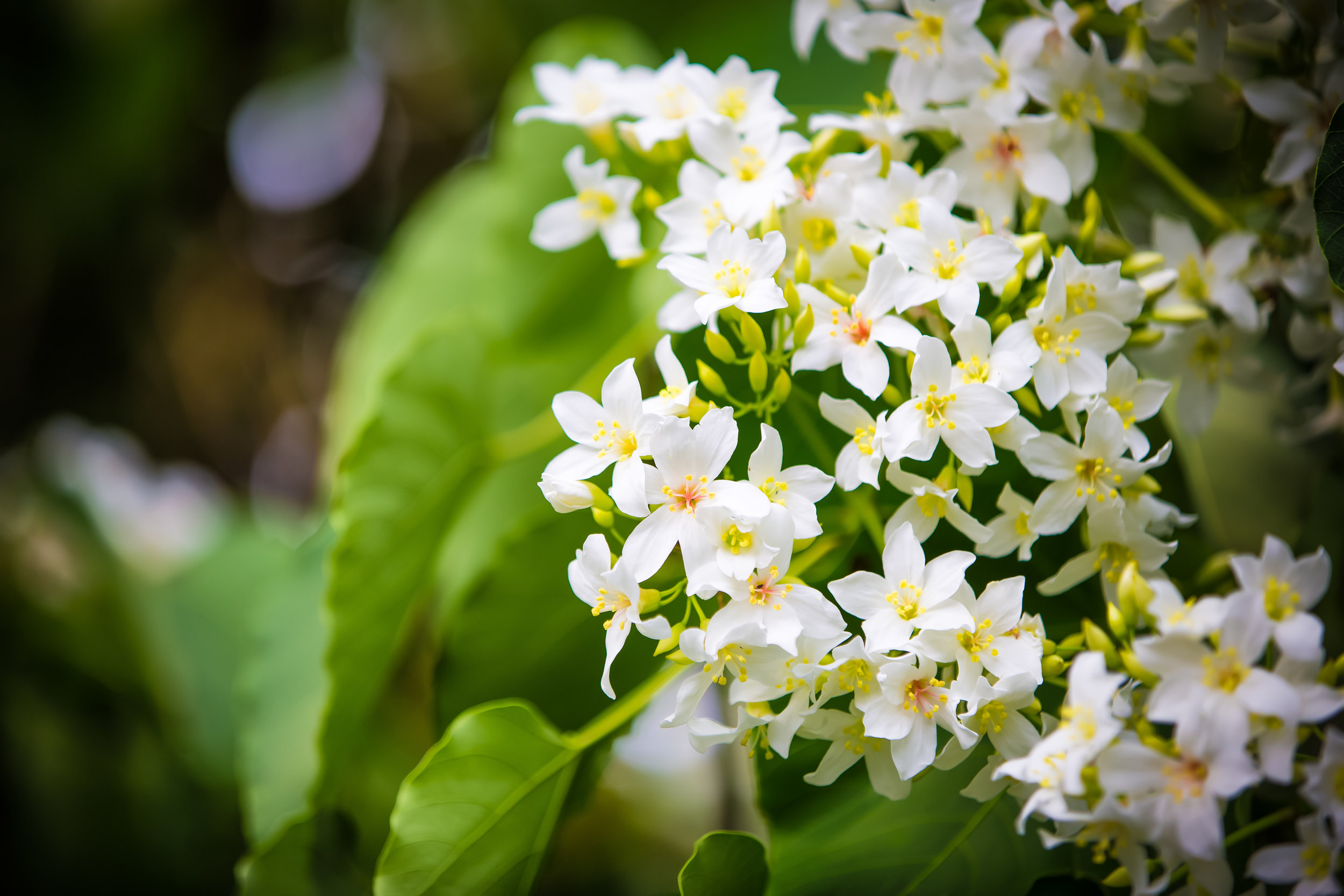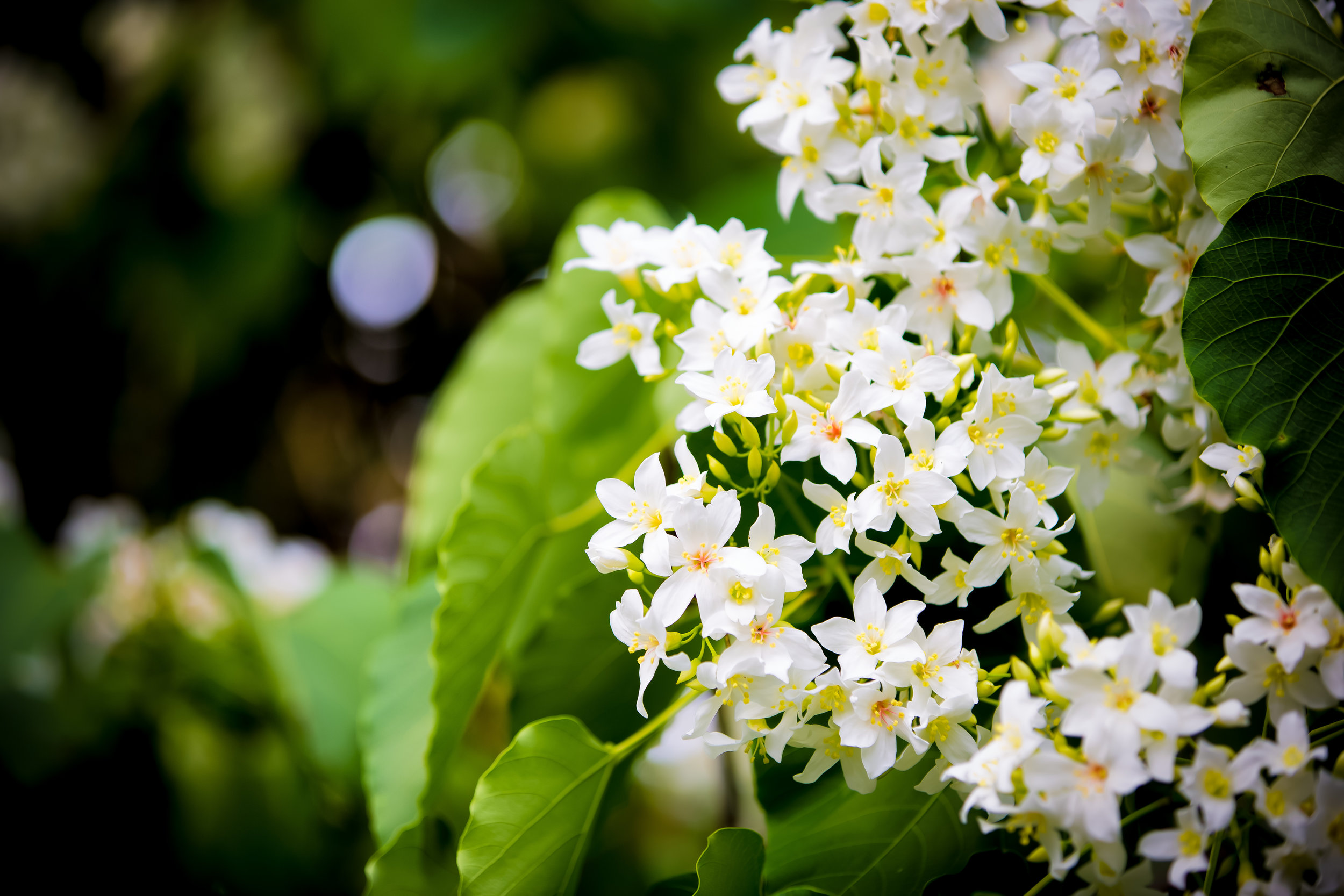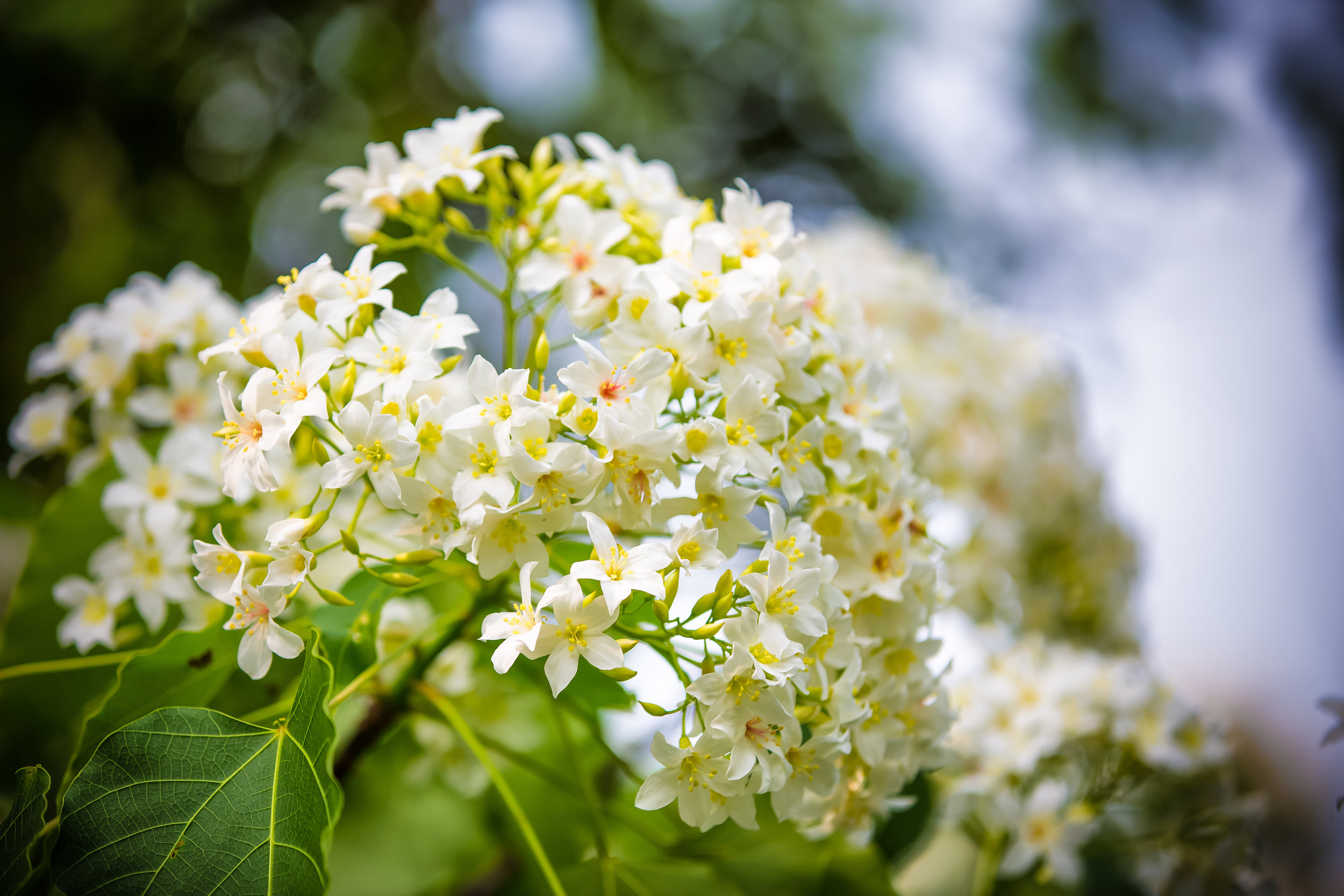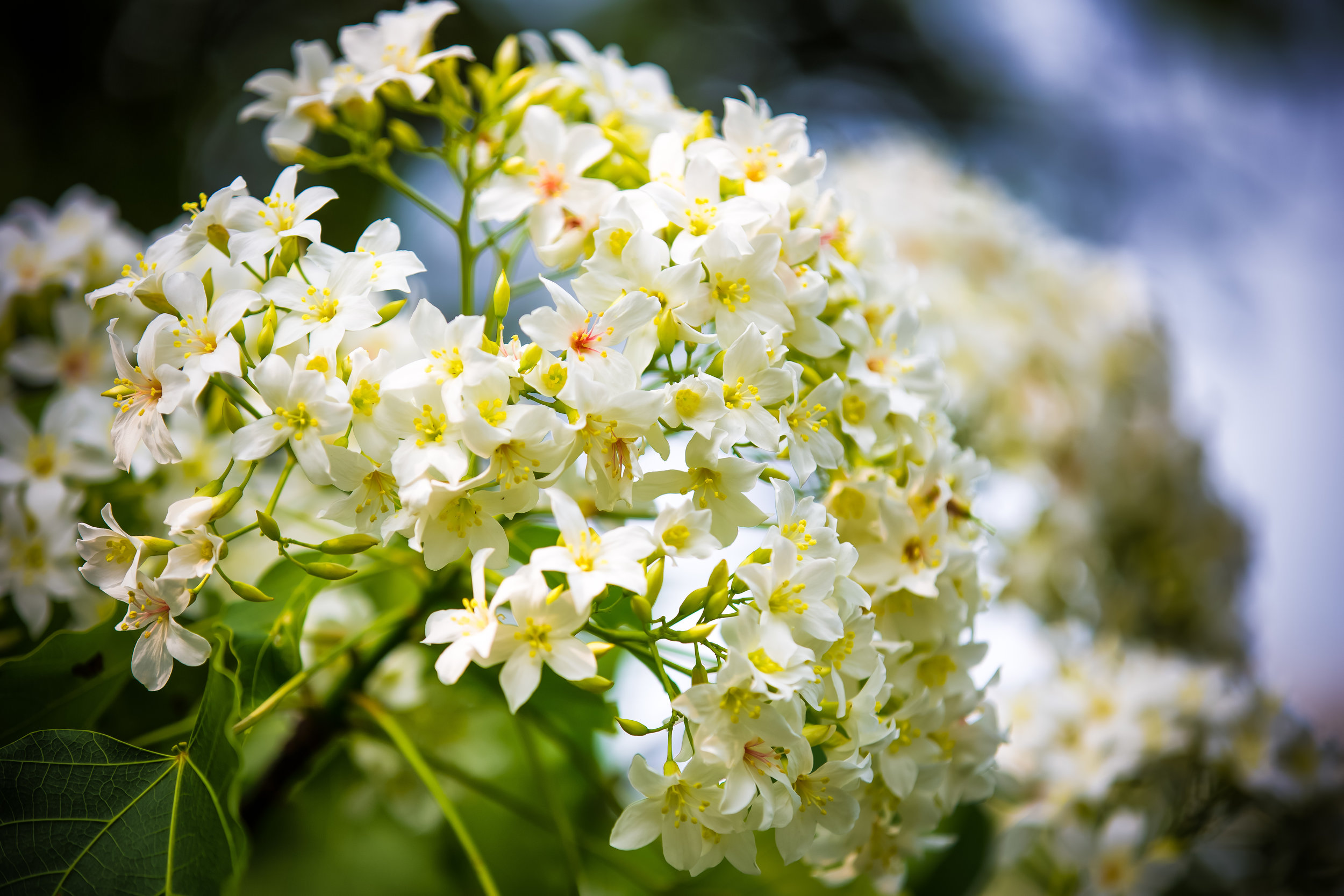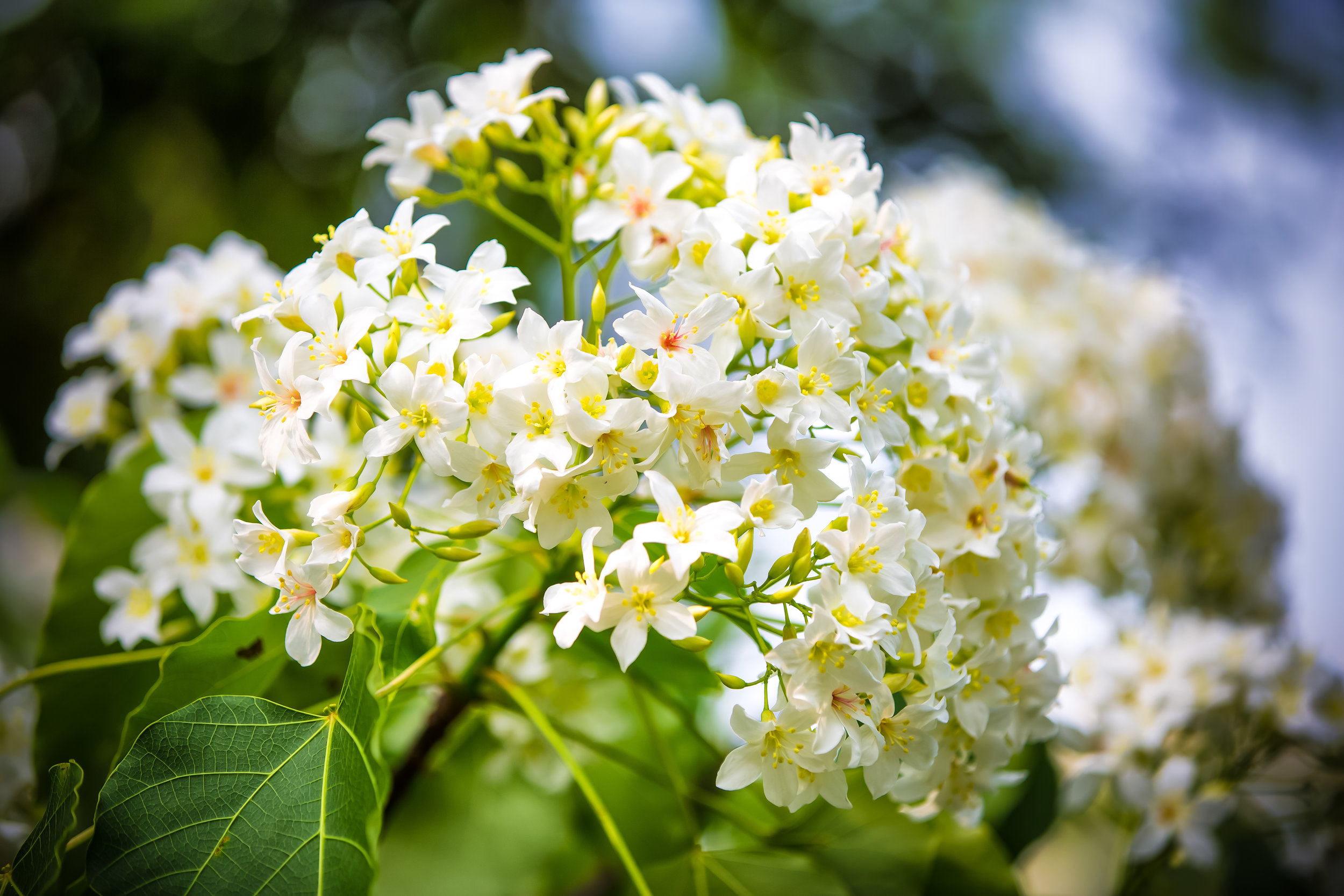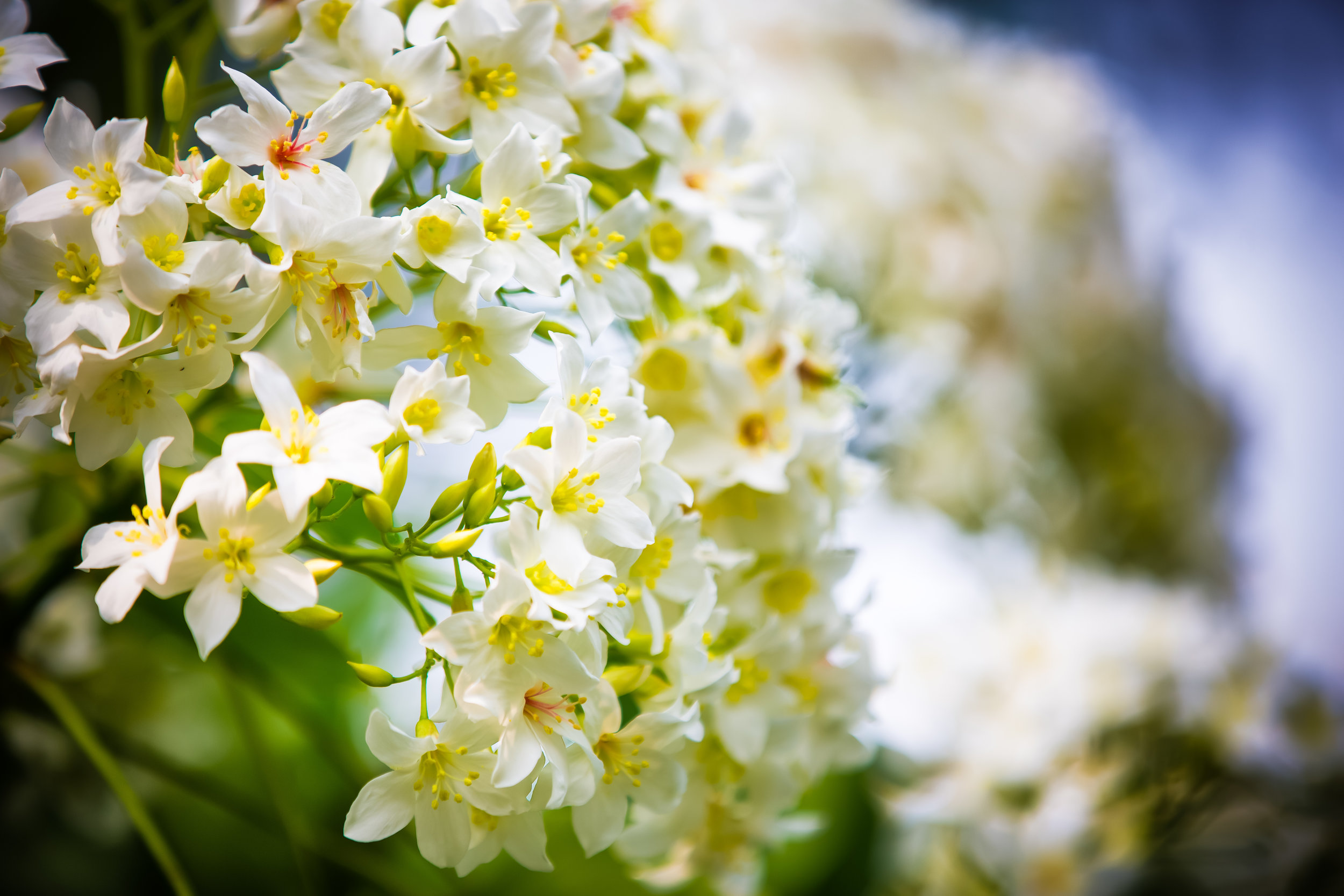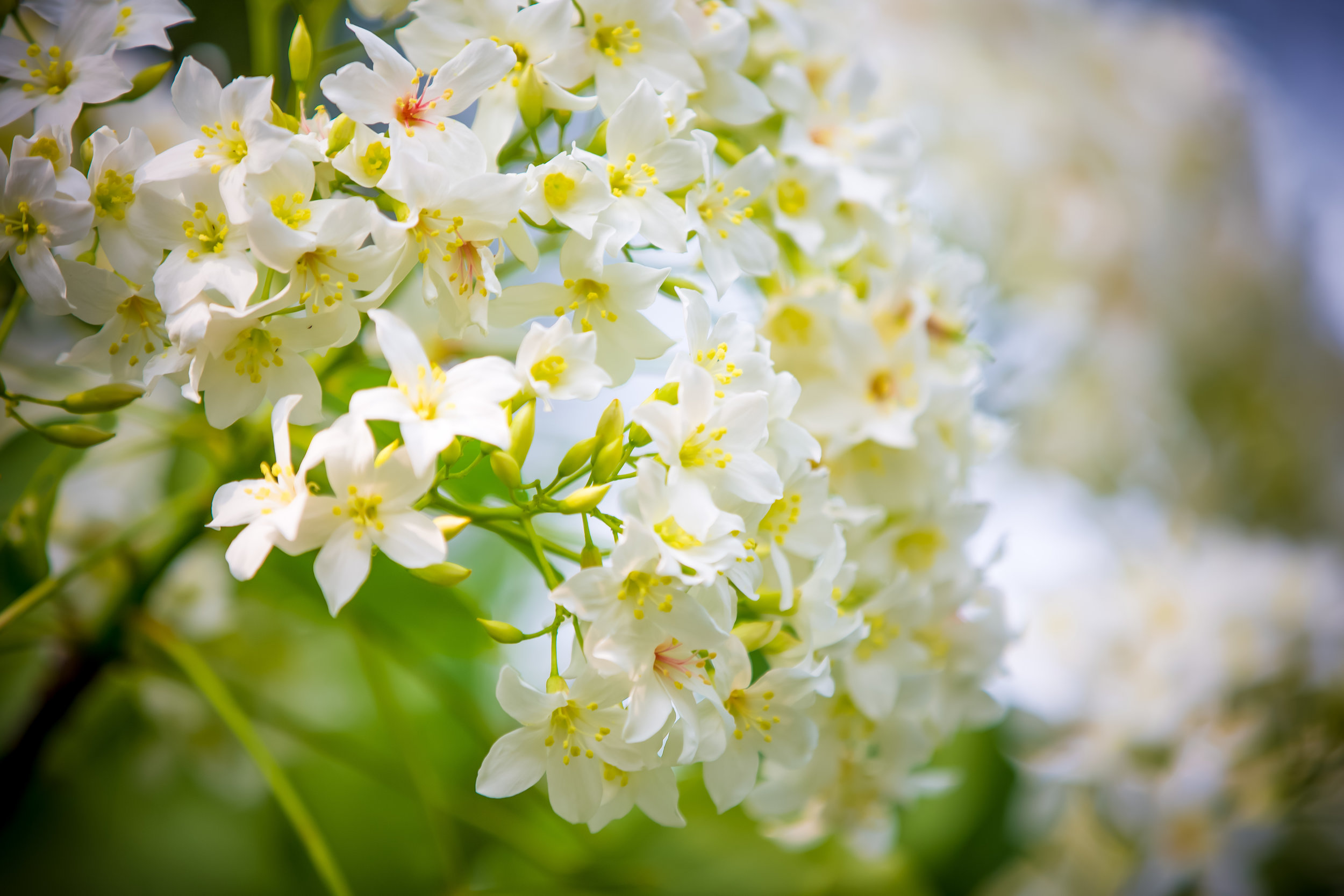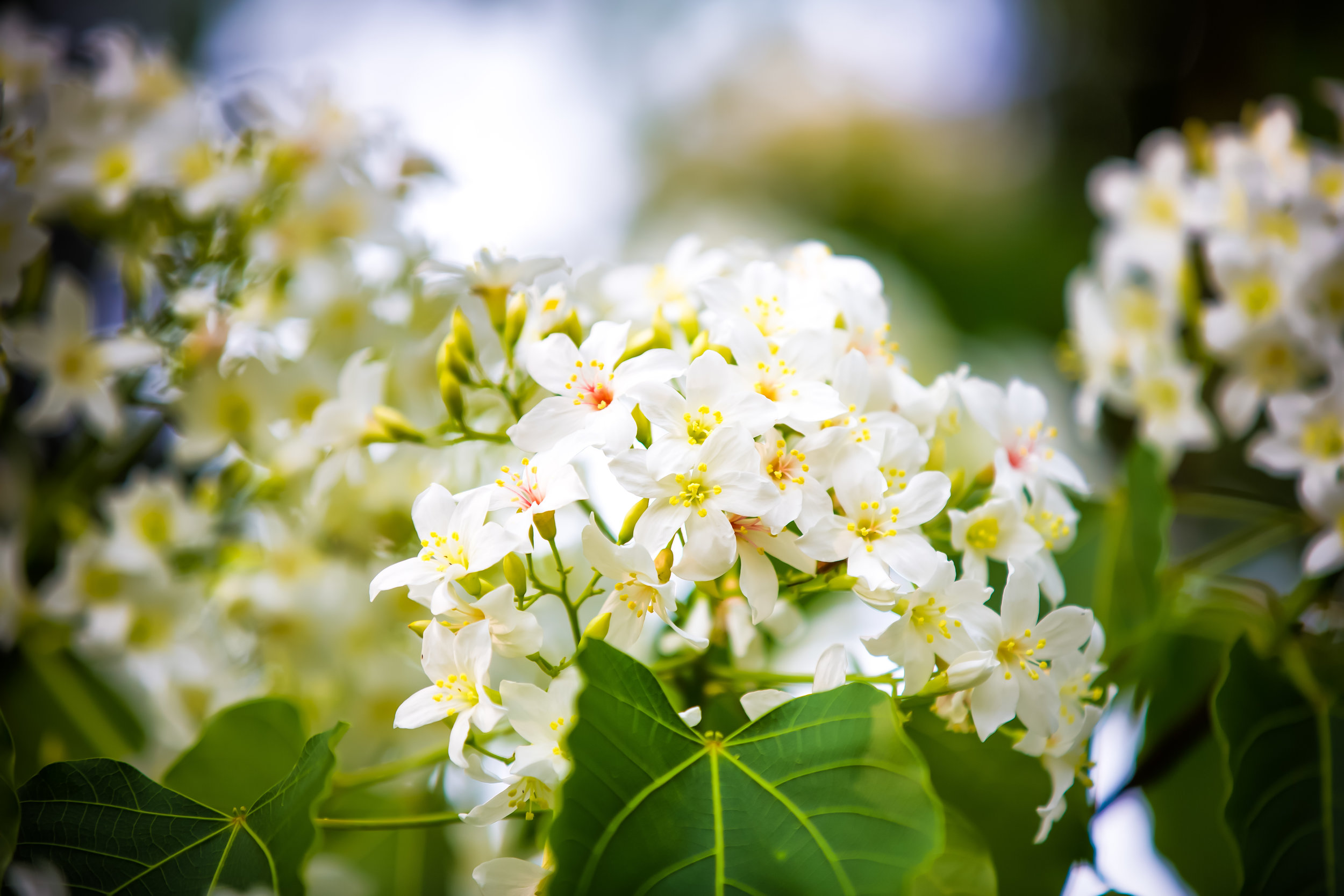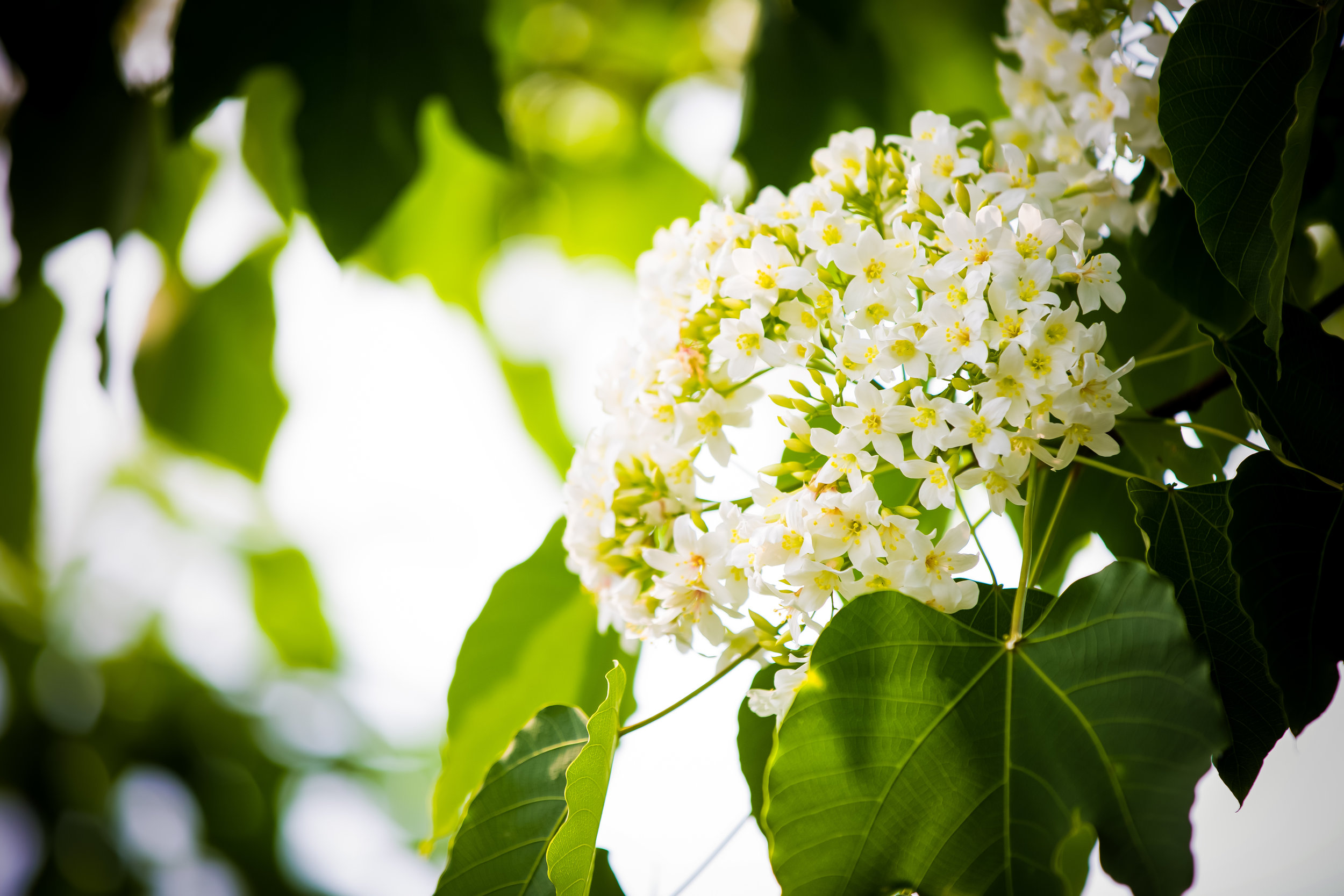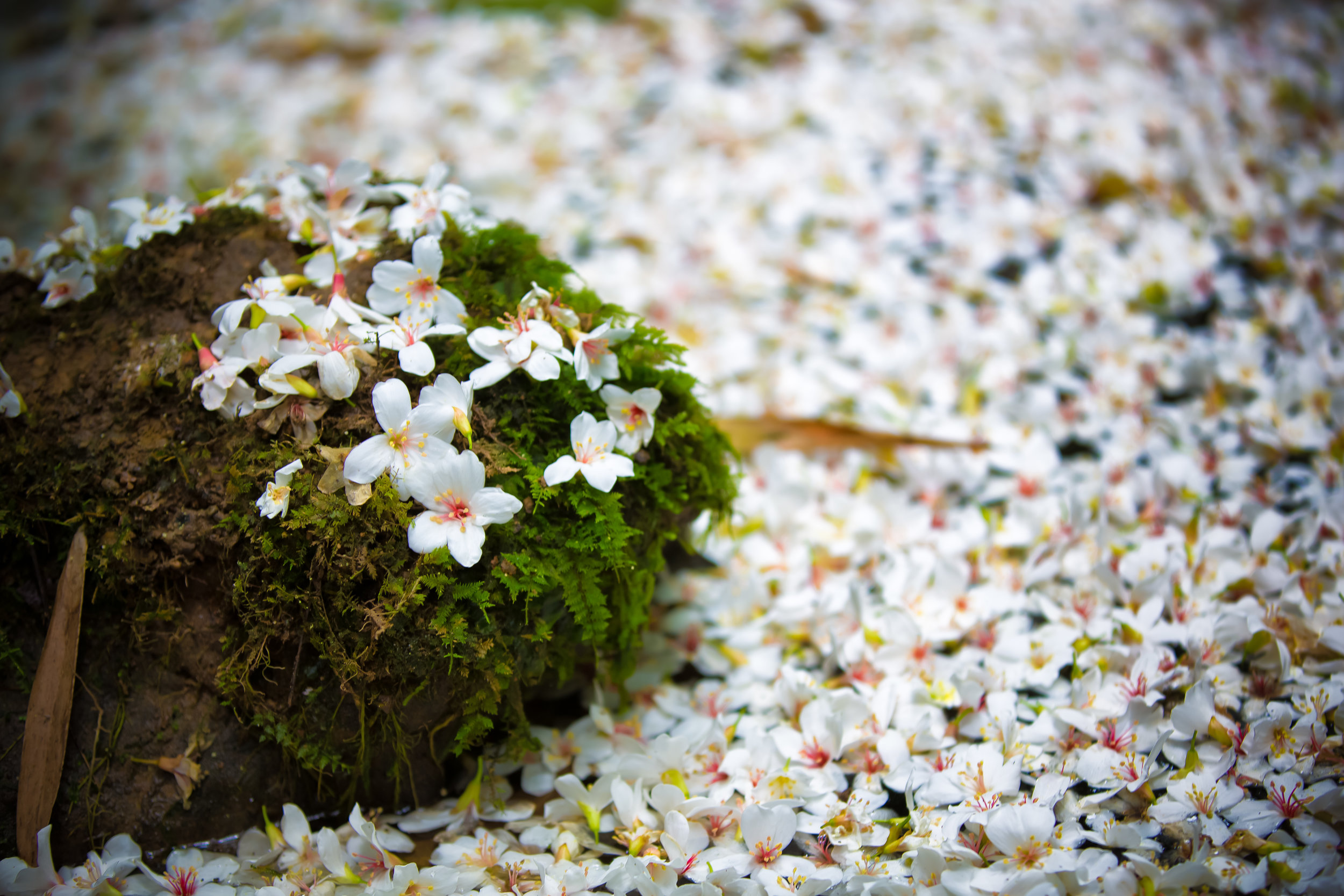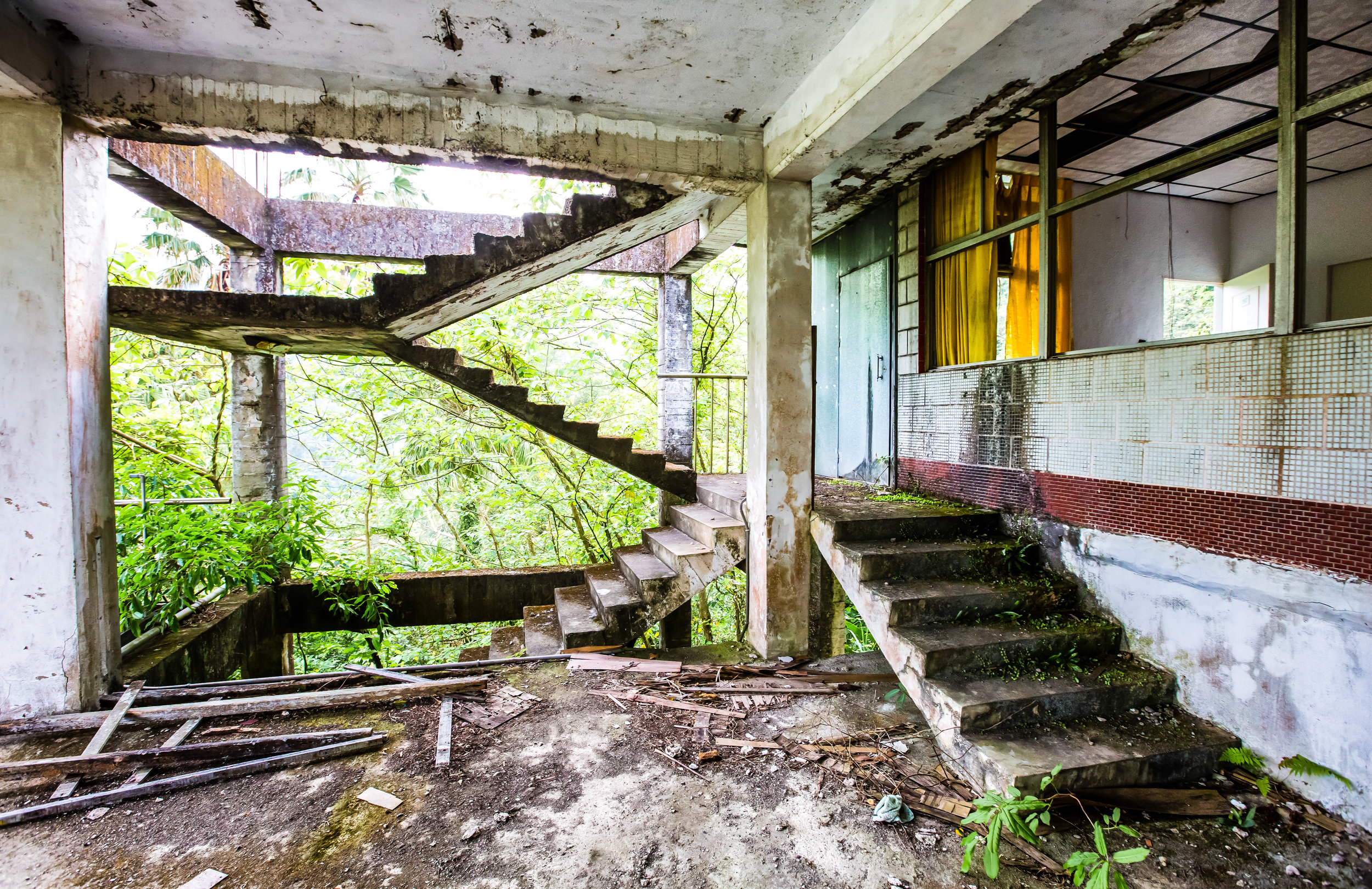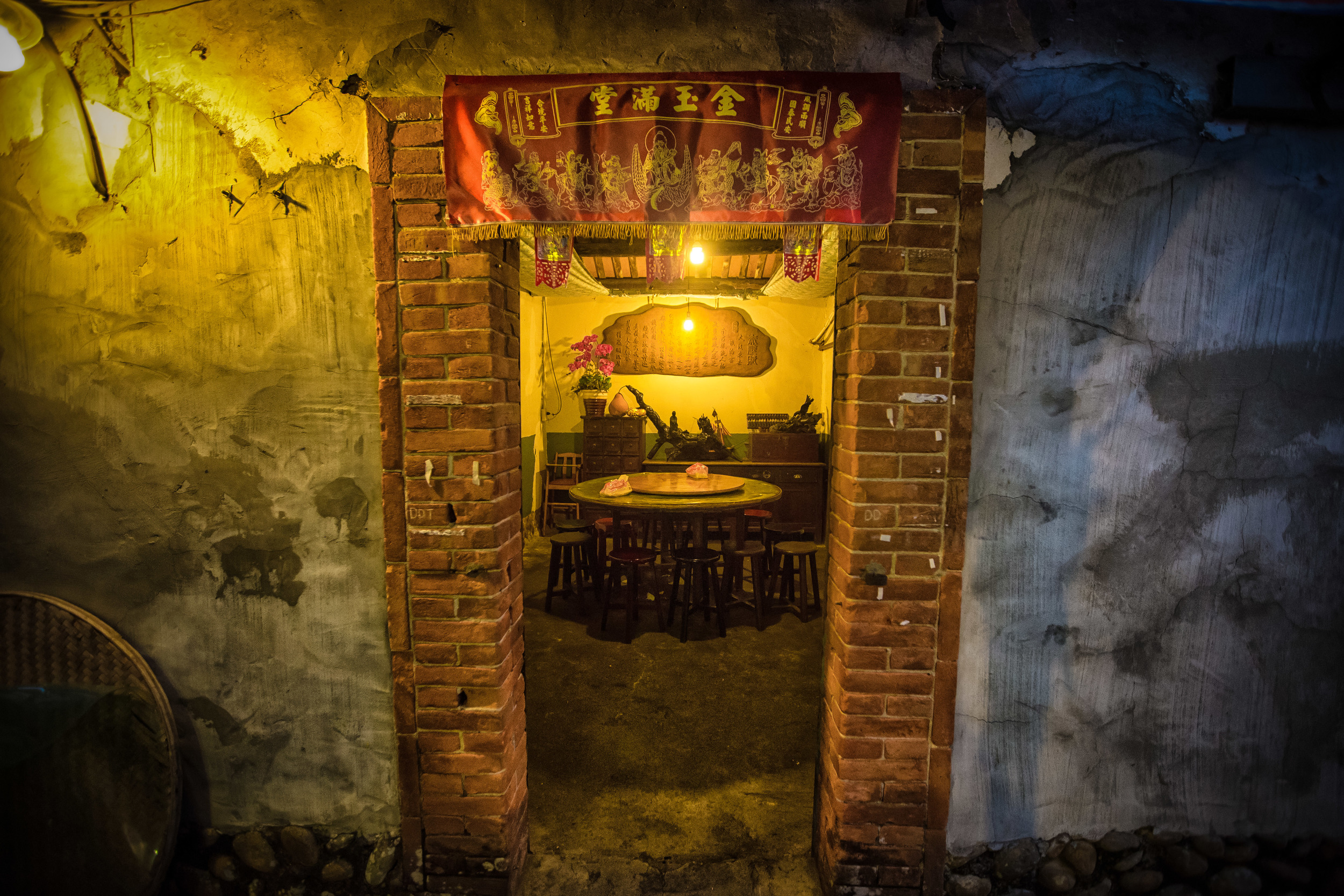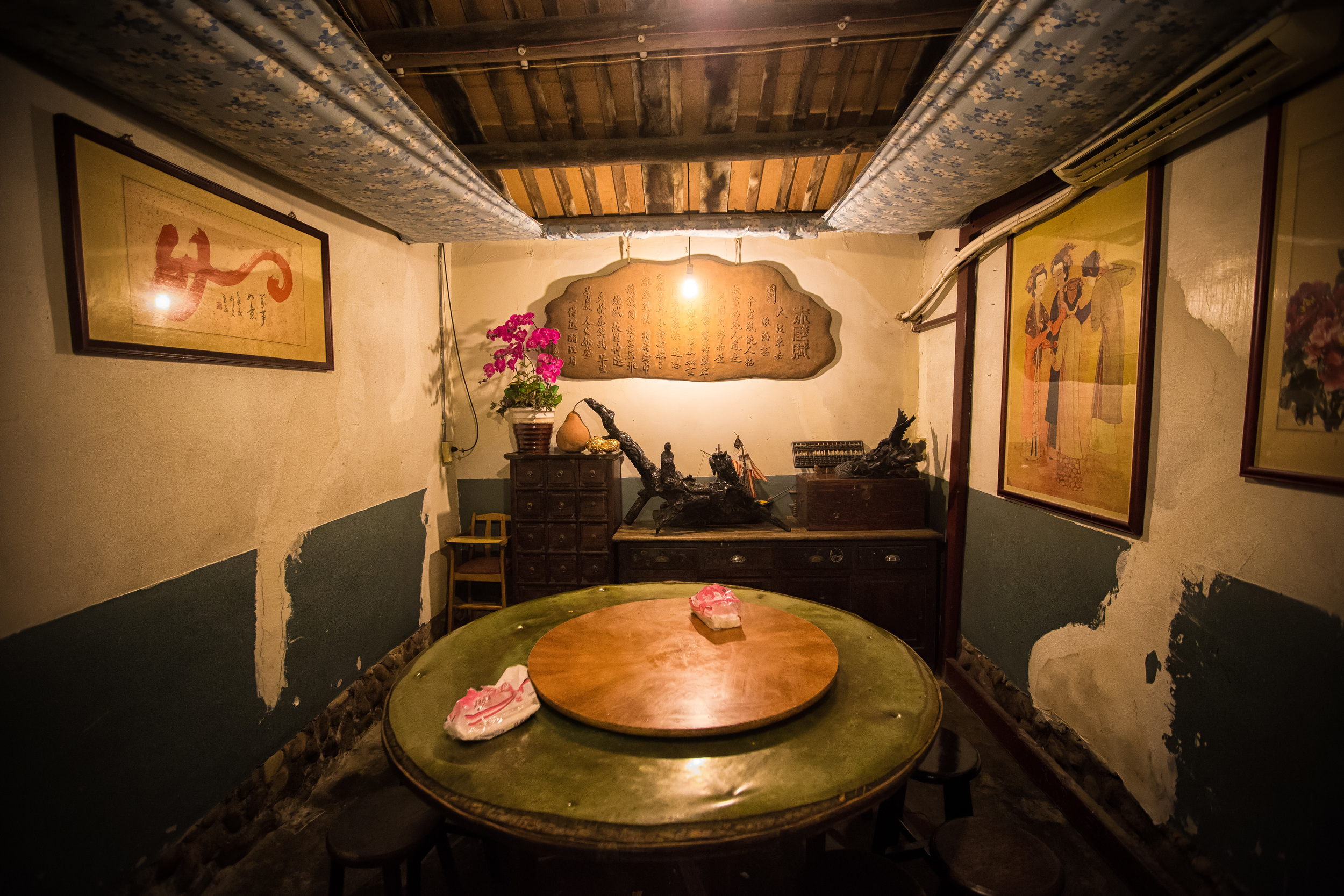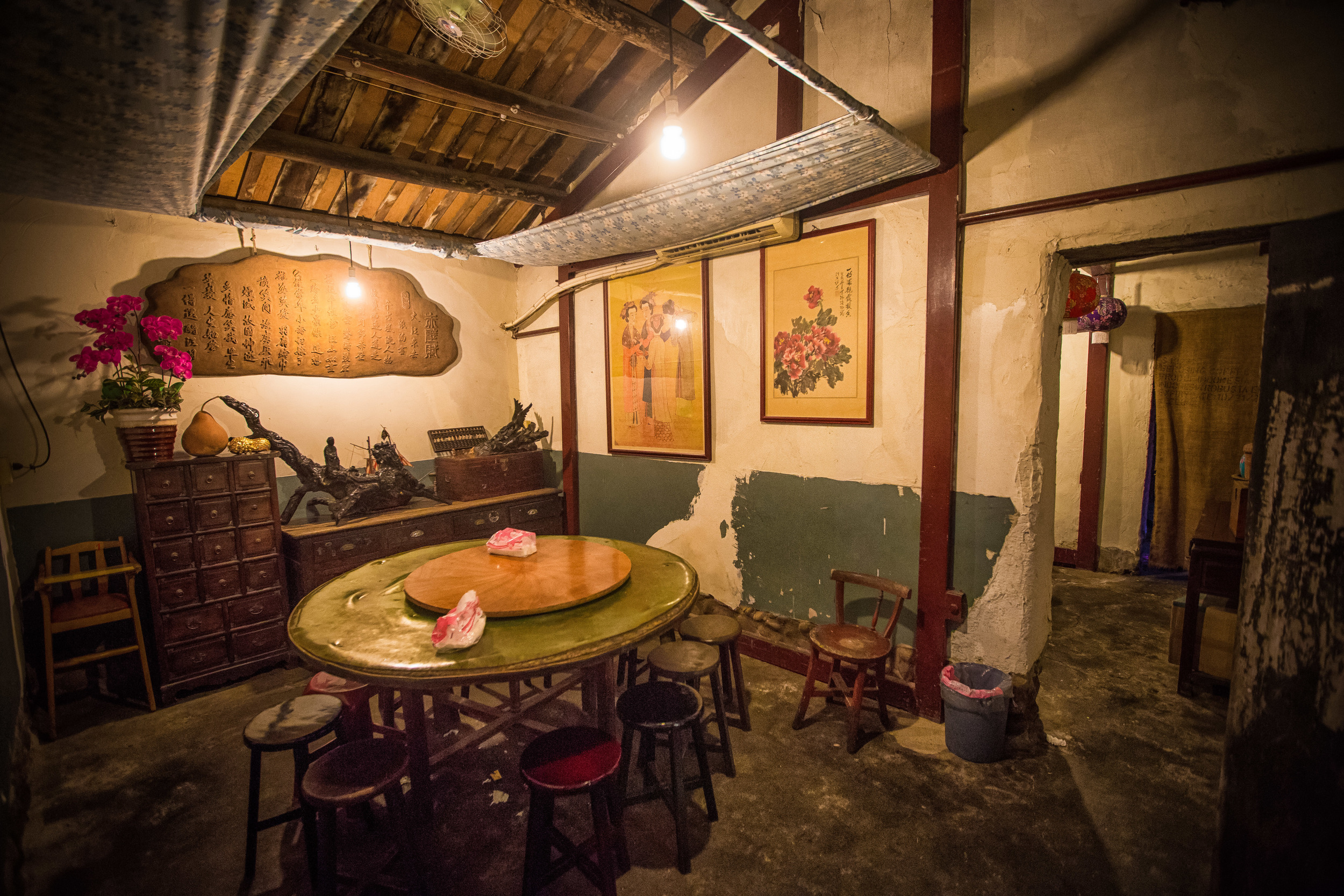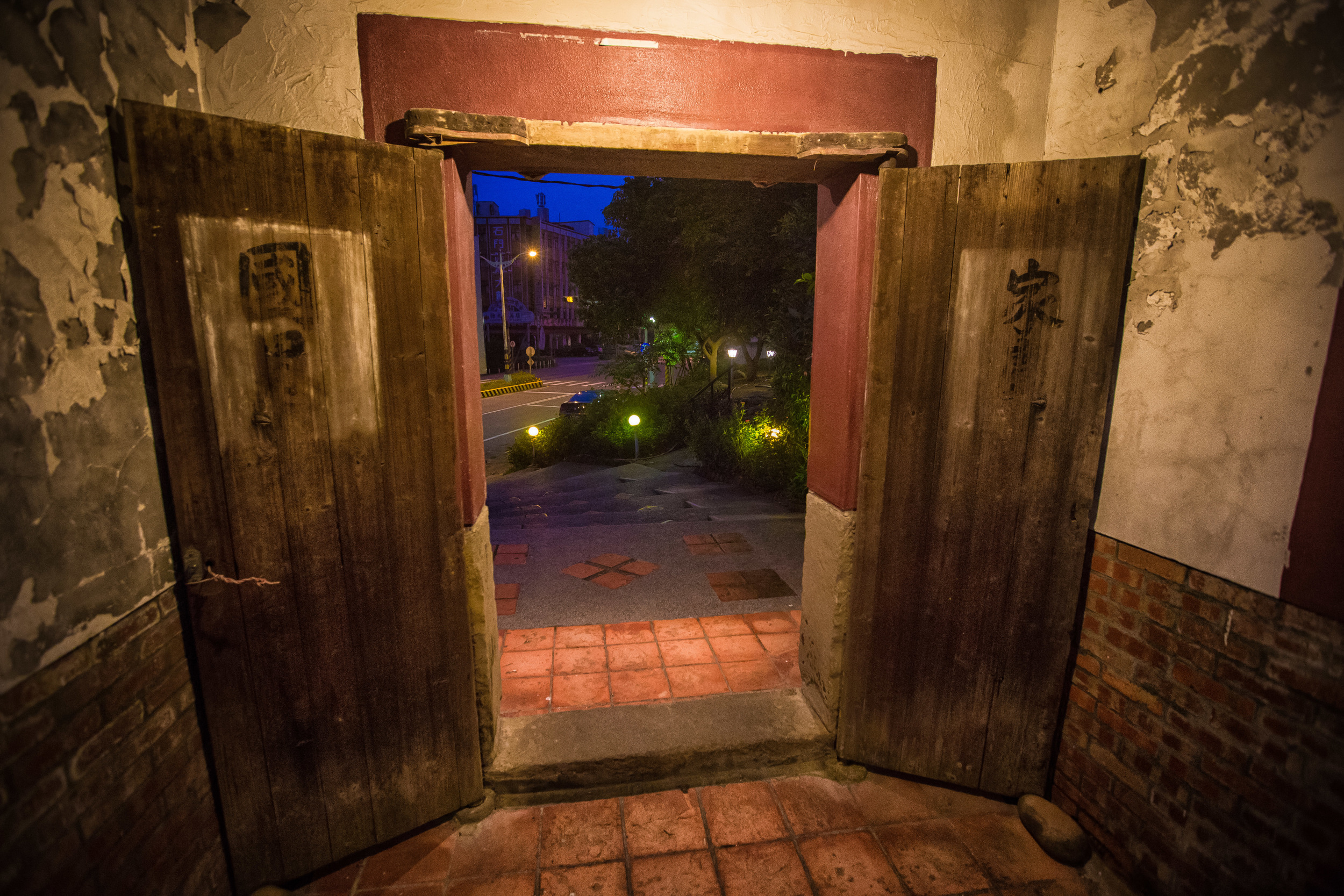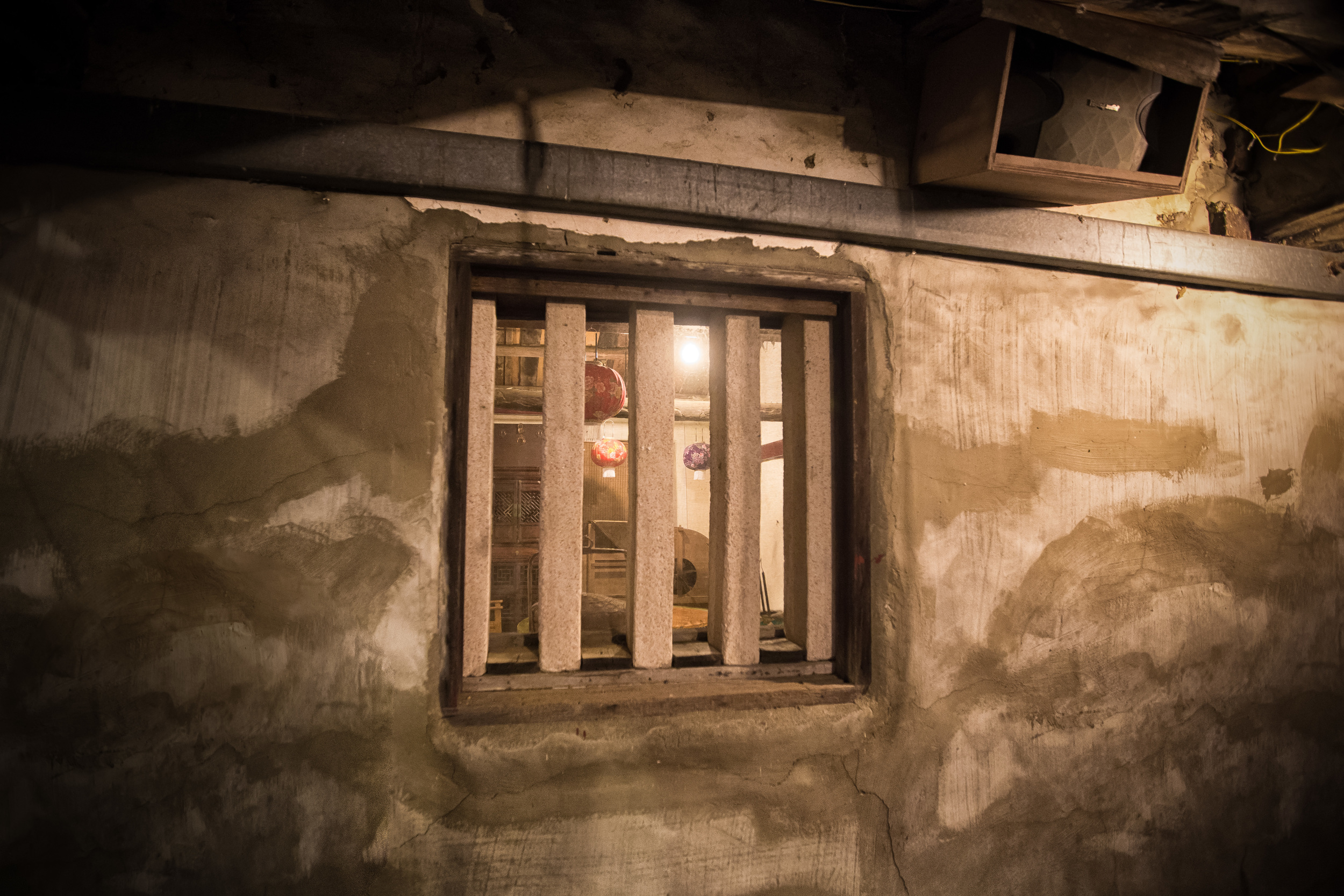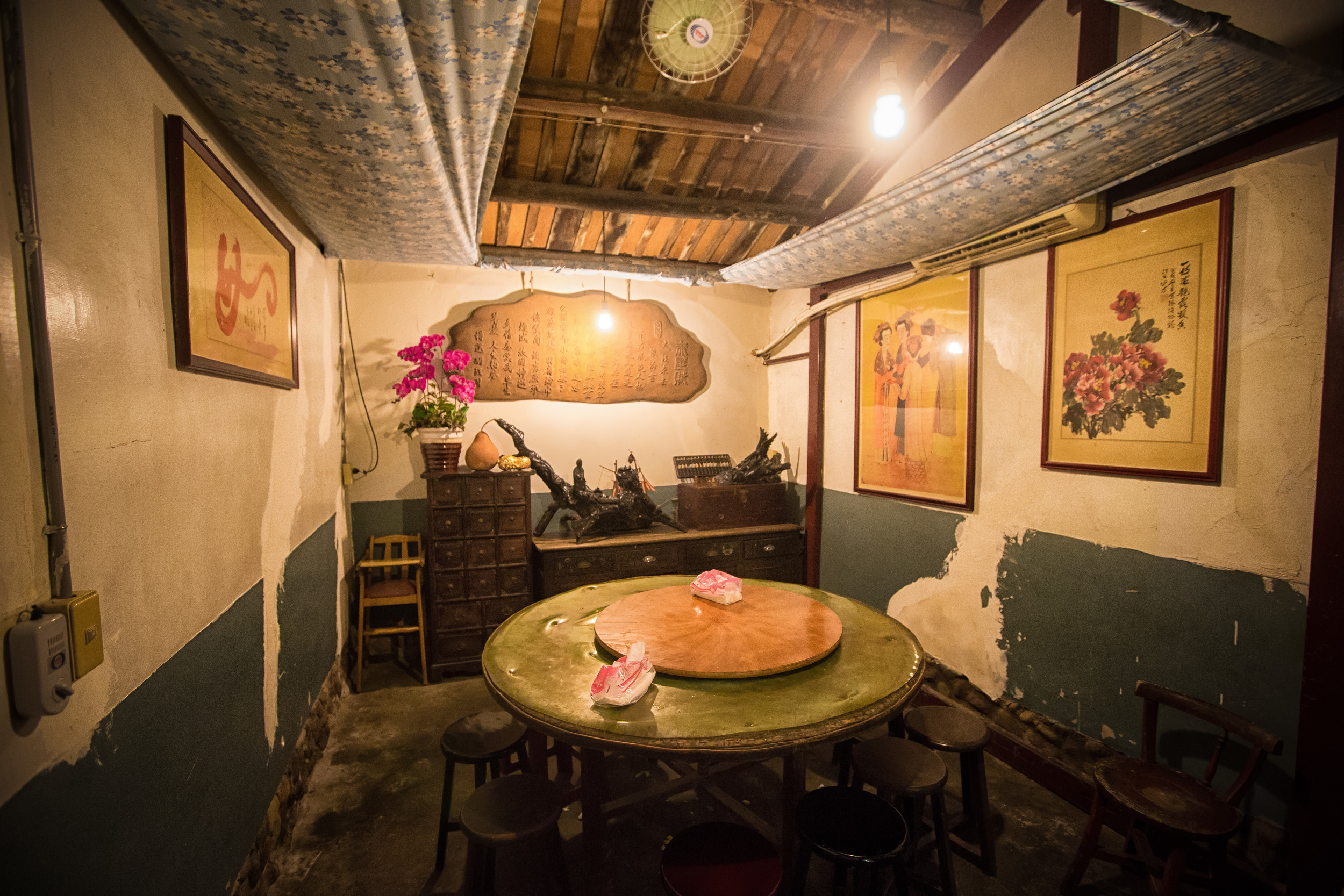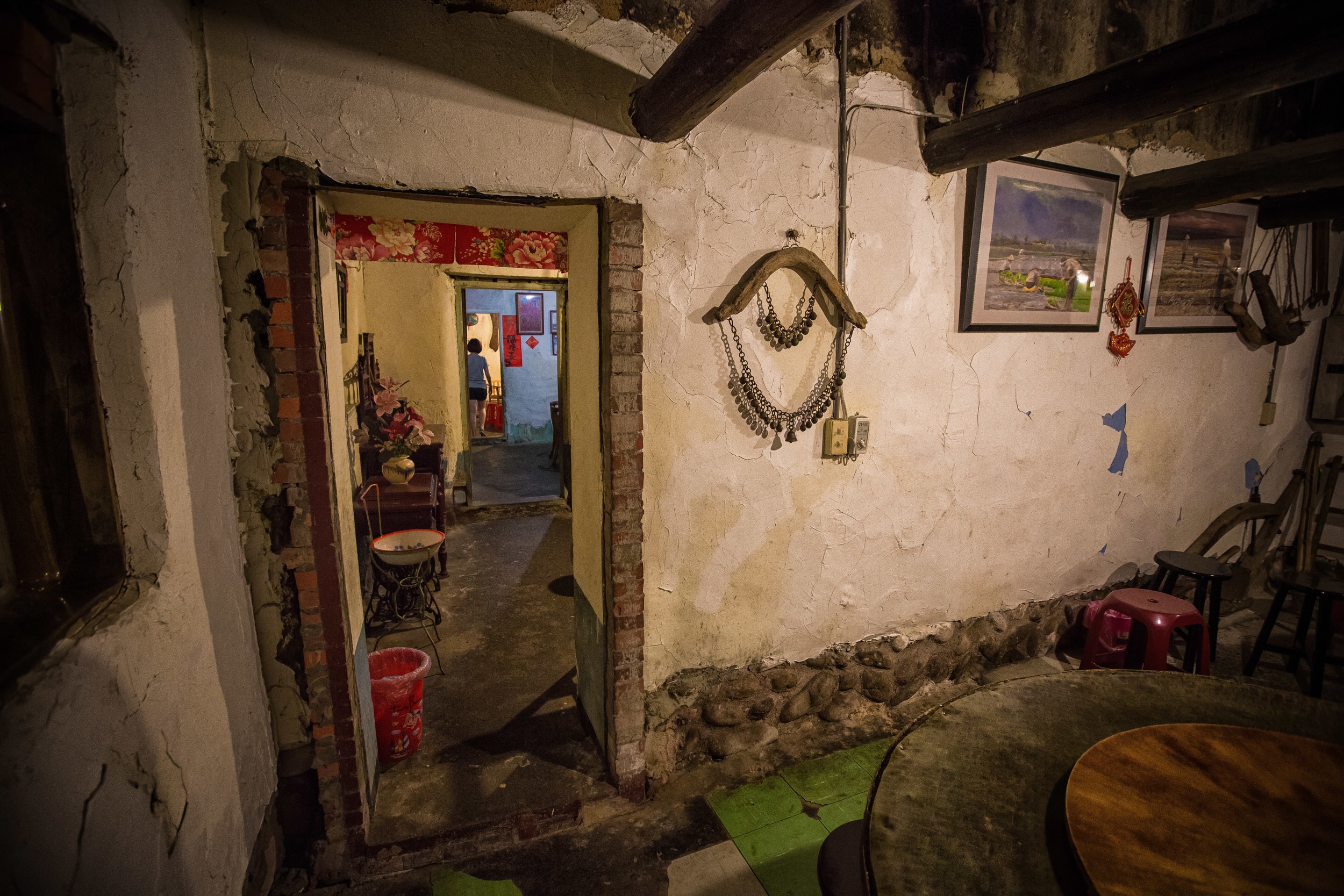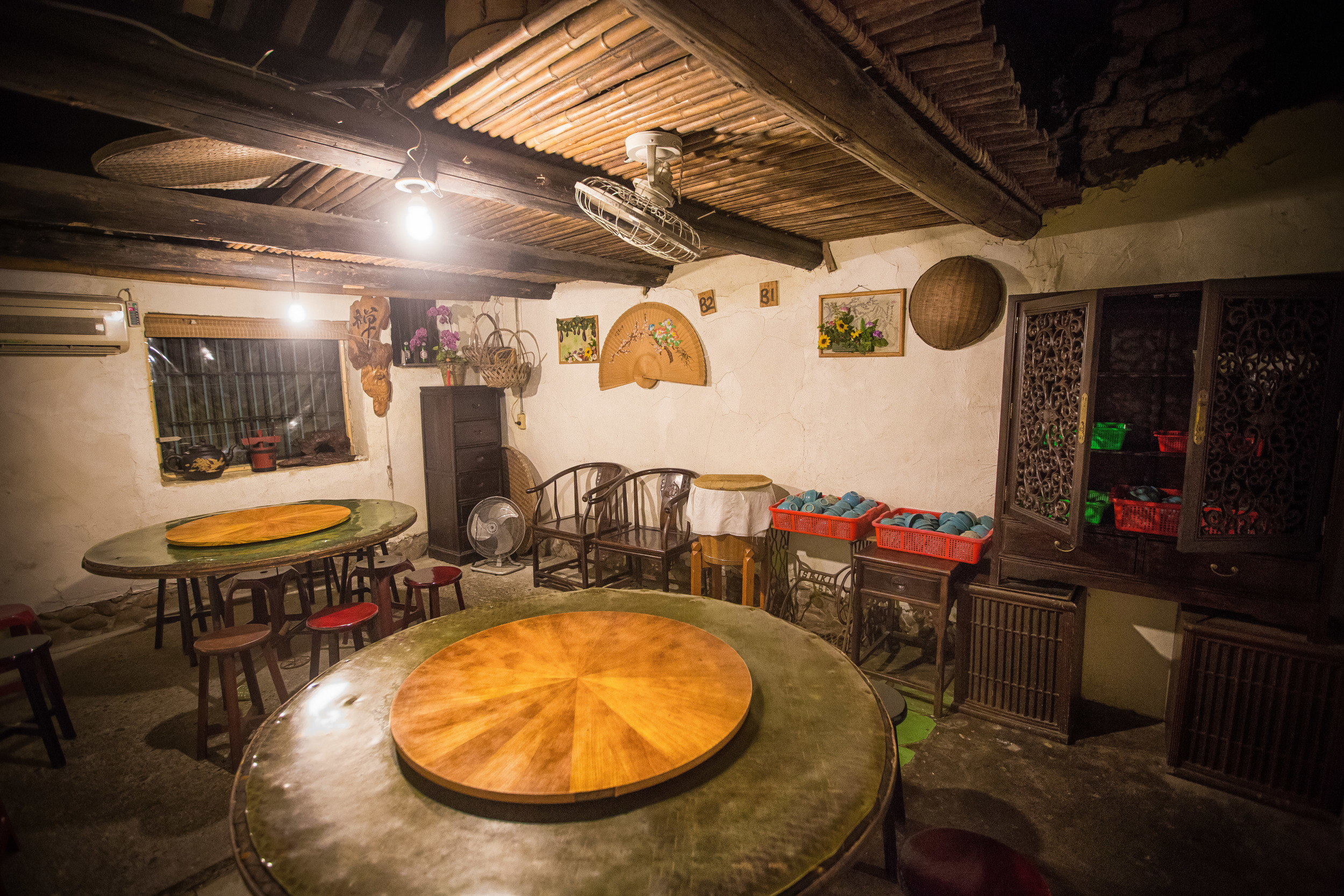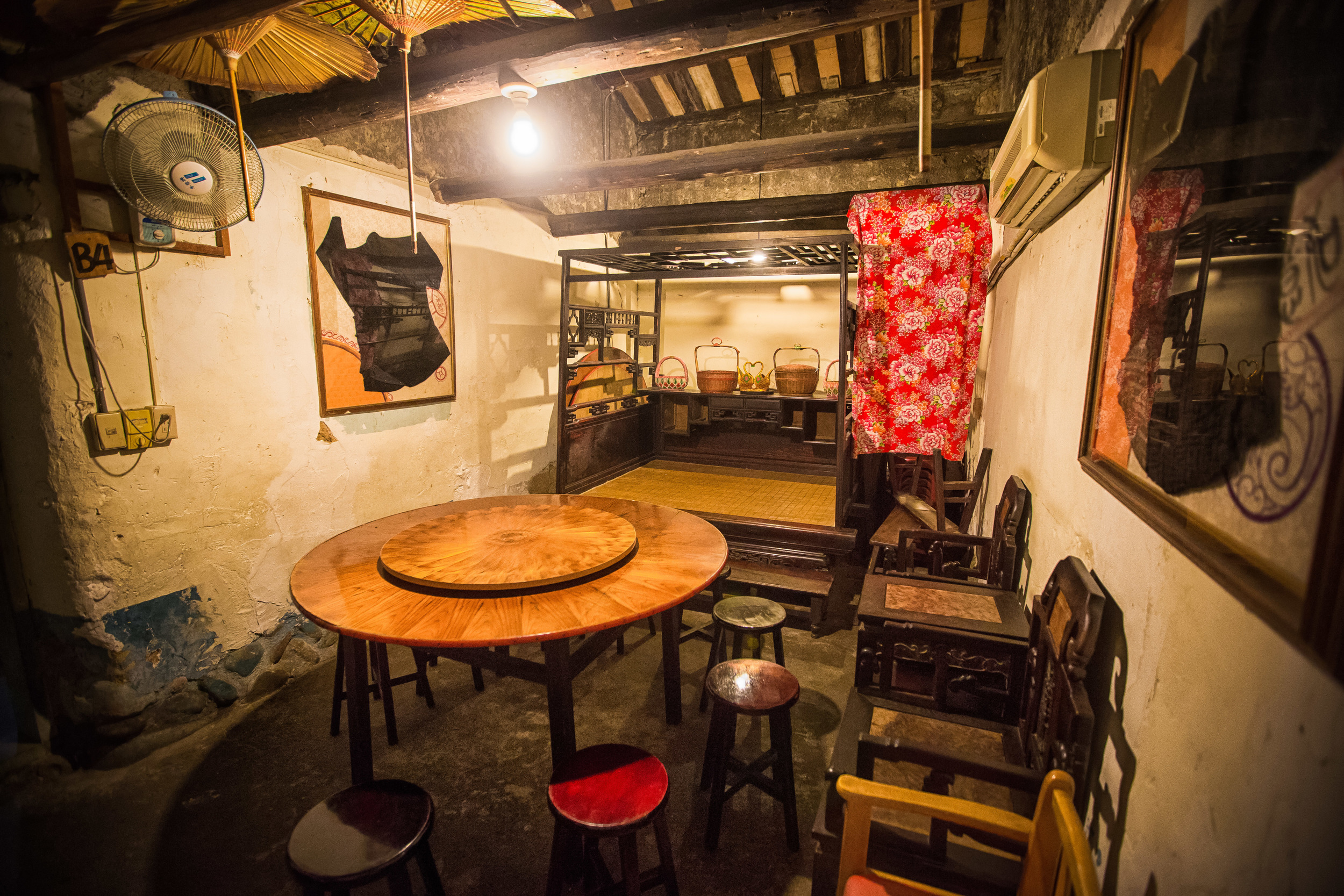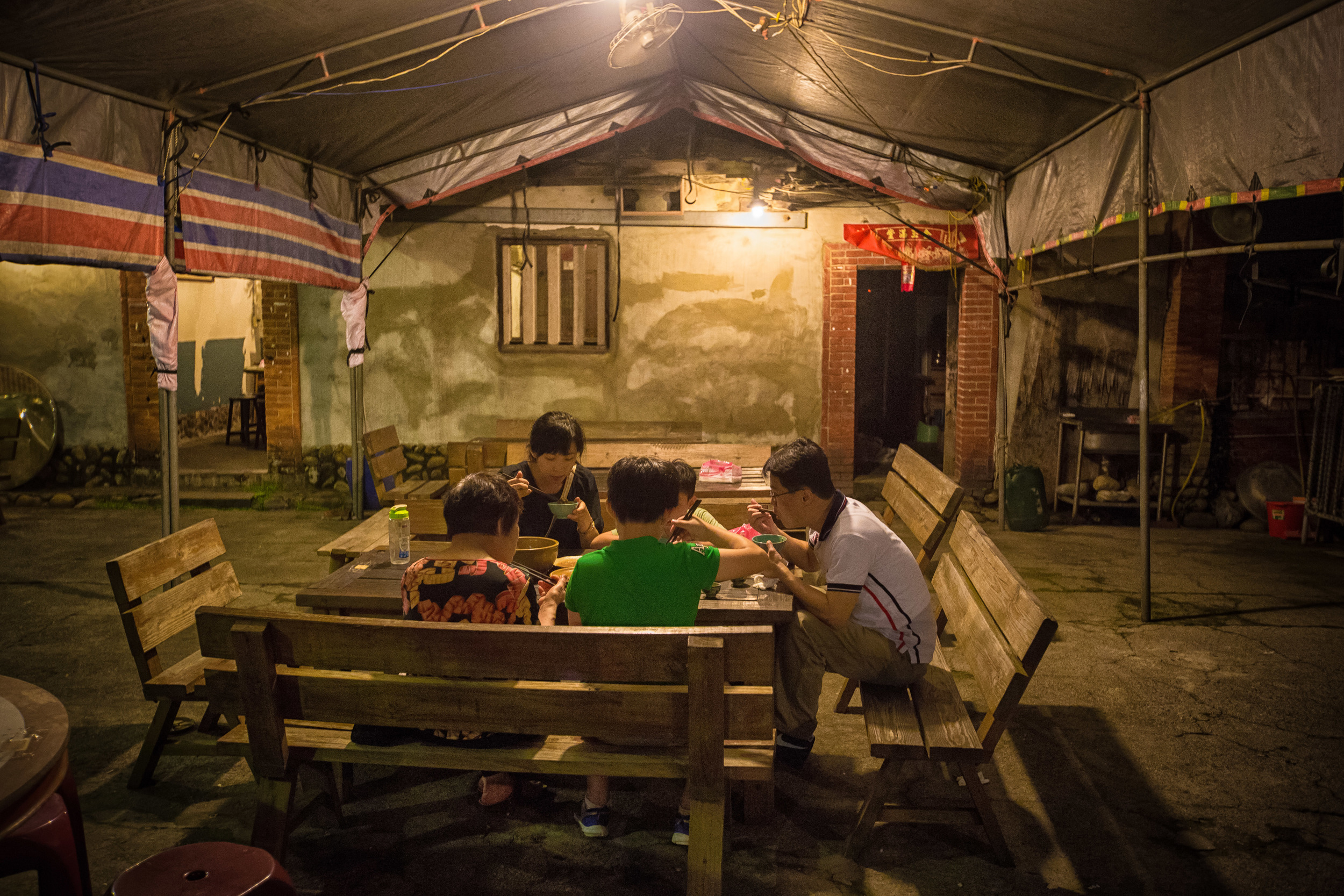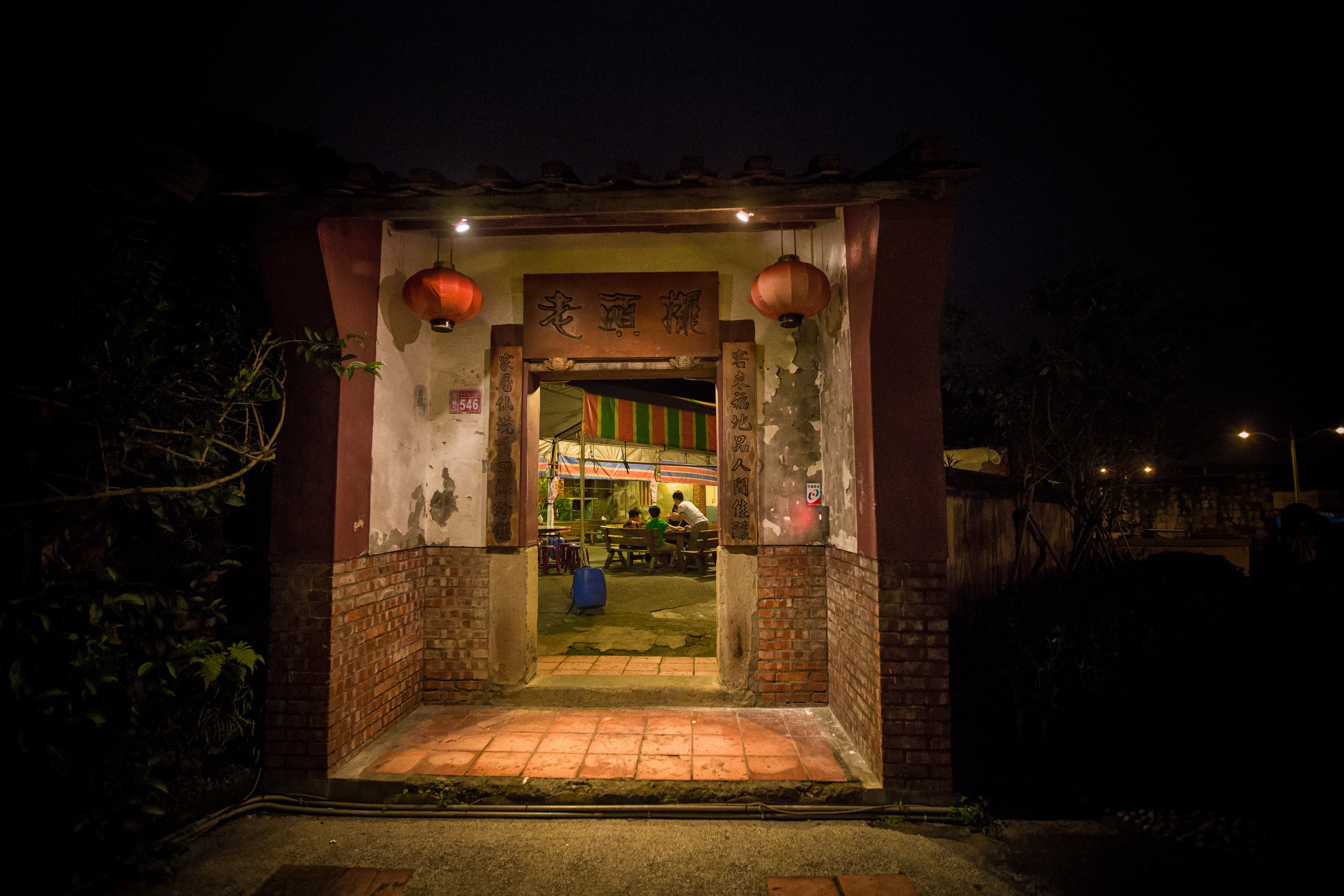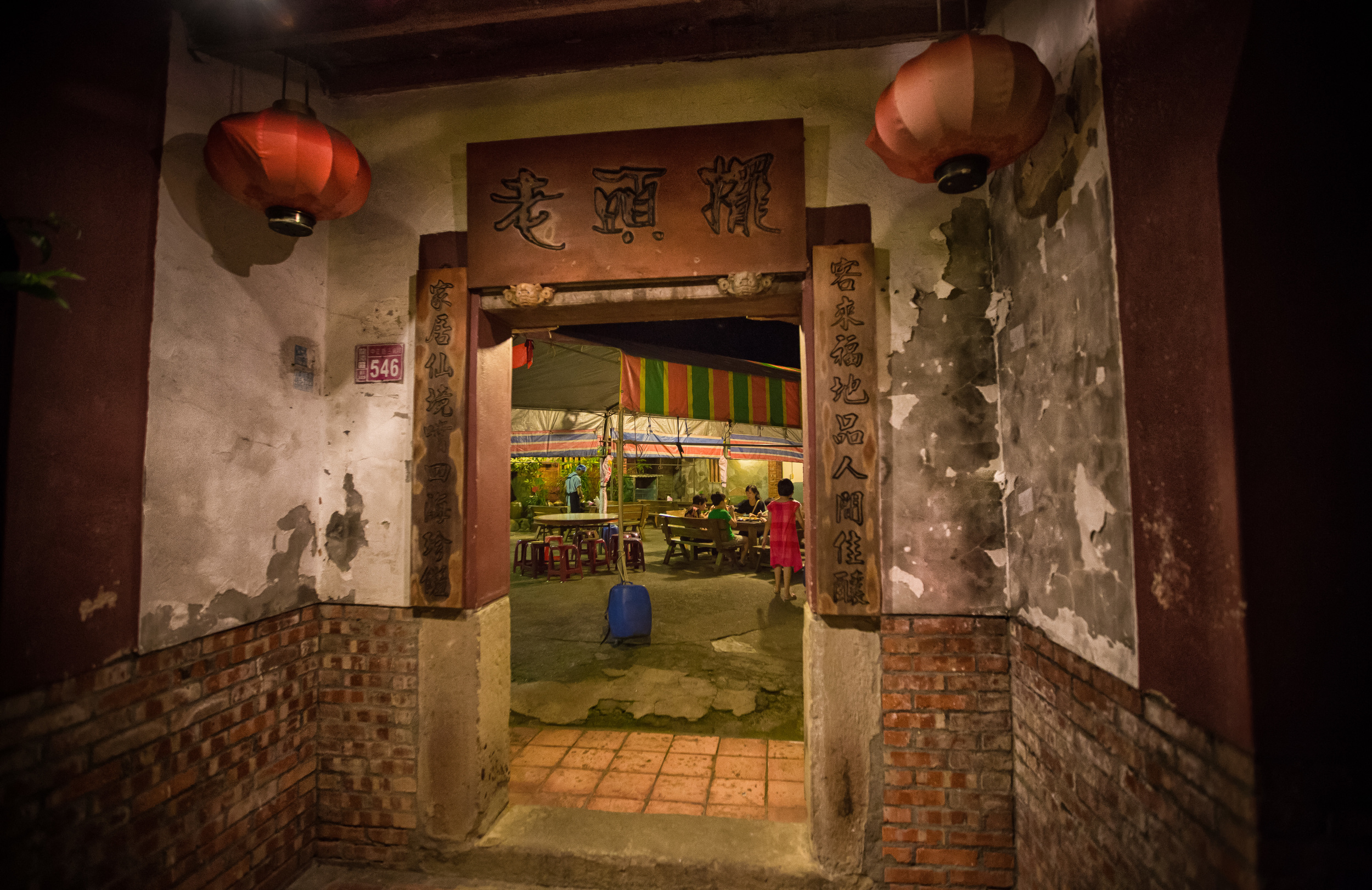If you've been following my Instagram, you're likely going to be a little sick and tired of all the photos I've been posting of Tung Blossoms. The Tung Blossom season, which just wrapped up for another year is one of my favourite times of the year. There is always so much happening around the country which makes me a busy boy with a packed schedule of things to do and places to go!
I'm sure I've mentioned this a million times already, but the area where I live in is predominantly made up of the Hakka ethnic group. Living in Taoyuan, which fancies itself the heartland of Hakka culture (thats debatable) means that I have been constantly immersed in the culture. Over the years I have learned quite a bit not only about the amazing cuisine, but their traditions and folk religion and I'm always happy to share these experiences with people here on my blog.
Every year in April and May, during the blooming season for Tung Blossoms, the Hakka people celebrate their culture and their heritage by putting on a grand festival for everyone to enjoy. The annual festival includes events centred around the promotion of everything "Hakka" in conjunction with the blossoms which have come to symbolize their culture.
Tung Blossoms: 2015 | 2016 | 2017
The blossoms, which are similar to the ever so popular cherry blossoms are beautiful and when they are in bloom turn the mountains of Taoyuan (and other areas) to a beautiful shade of white. During the blooming season you're likely to find me in the mountains taking photos of them, but I wonder if anyone apart from myself and locals care about them?
Tung Blossoms (油桐花)
In April and May forests around the country turn white thanks to the Tung Blossoms (油桐花) that line mountains and hillsides. People here in Taiwan often refer to the blossoms as "April Snow" or "May Snow" (depending on when they are in full bloom) and their arrival triggers quite a bit of domestic tourism to areas where they grow in abundance.
The Tung Tree (油桐樹) is a deciduous tree that grows to a height of about 20 meters and is endemic to South China and Burma. The trees were originally brought to Taiwan by the Japanese during the Japanese Colonial Era and were planted in mountainous areas in north-western Taiwan to help sustain the economy.
The cultivation of the tree was most important to the ethnic Hakka people of Taiwan who often lived in the areas where the trees were cultivated. The tree brought with it economic benefits as its seeds were instrumental in the production of Tung Oil which was used to make paint, varnish, caulking and wood finish while the wood in turn was used for making everything from furniture to toothpicks.
When the economic benefits of the Tung tree eventually subsided, the tree transformed into a symbol of the Hakka people who showed their respect for the economic prosperity the tree brought them and the long lasting relationship that they have shared.
While not as popular as cherry blossoms, Tung blossoms are loved for their ability to turn hiking trails 'white' with a snowfall effect as the blossoms fall to the ground. When the blossoms are in bloom, people both young and old travel from all parts of the country to see the blossoms, hike a bit and experience Hakka culture.
Tung Blossoms have become popular in recent years with young people, especially young couples who head to the mountains to have impromptu photoshoots with the blossoms. You’ll often see couples on hiking trails collecting blossoms that have fallen on the ground to arrange into a heart or young men putting the blossoms on a string to make a ‘Tung blossom crown’ for their girlfriends - endless amounts of cuteness, I assure you.
Hakka Tung Blossom Festival (客家桐花祭)
In 2002 the Council for Hakka Affairs started the annual "Hakka Tung Blossom Festival" (客家桐花祭) an annual event which takes places during the blooming season as a way to promote and help to preserve Taiwan’s Hakka culture.
The yearly event is a well-organized one that attracts large crowds of tourists to Hakka areas of the country, most notably in Taoyuan, Hsinchu and Miaoli to not only see the blossoms but also to experience Hakka culture and cuisine. Organizers plan events according to the blooming season to offer visitors entertainment and a festive atmosphere.
The annual festival has grown in popularity since it first started and the yearly schedule of events that coincide with the blooming season has grown with it. The organizers have designed a beautiful website and have released an app that helps visitors know where to best enjoy the blossoms and are making attempts at promoting the festival internationally. The website for the festival is now available in English, Japanese, Korean and Simplified Chinese to help foreign tourists learn more about Hakka Culture.
Hakka Tung Blossom Festival Website: English | 中文 | 日語 | 조선말
Let me talk for a minute about the 'internationalization' efforts of the festival and an experience I had this year because of it:
While walking down the hill (on one of the trails) to where I parked my scooter, I could hear a band performing some classic Taiwanese music, part of the days festivities. I also noticed a large crowd of people on the path and that some of them were wearing blue vests.
If you're not familiar with Taiwanese politics, you might not realize that these vests pretty much serve as the 'uniforms' for Taiwanese politicians. Its helpful because when they're throwing chairs at each other, they know who not to aim at by the colour of the vest.
The politicians were posing with a group of visitors and someone wearing a Pikachu costume - As I walked down the hill I saw an assistant motion to her boss and heard her say: "外國人,外國人!" (foreigner, foreigner!) and with that I was trapped by a large group who immediately turned around and started staring at me.
After the typical "Welcome to Taiwan, where are you from?" conversation they got to the point and asked if I could take a photo with them. Despite being sweaty and looking like crap from my terrible sleep the night before, I obliged as it was the quickest method of escape.
Having proof that a foreigner took part in the festivities helps to perpetuate the idea that the internationalization efforts are having an effect. It doesn't matter that I take part every year or that I might be the only white guy who takes an interest in this stuff. Its a "face" thing and that is one way to determine whether or not government initiatives are successful.
In reality, the Hakka Affairs Council, which plans the annual festival has a lot more work to do when it comes to attracting foreign tourists but to me it seems as if they are taking the right steps for future success.
The main problem that the festival faces when it comes to foreign tourists is a lack of knowledge about the blossoms and the festival as well as the inability for tourists to get to places deep in the mountains where they grow.
If my blog posts or my Sakura Map are any indication, it seems like people all over know about and are interested in Taiwan's Cherry Blossom season. I have received countless emails through my website with people all over Asia showing interest in coming to see them.
The organizers need to find a way to create the same kind of buzz for Tung Blossoms that people have for Cherry Blossoms - which could be a bit difficult. I think though that one area where the Tung Blossom Festival can differentiate itself is with the combination of the blossoms and the celebration of Hakka culture.
The website update, which offers visitors an interactive map as well as information in several different languages working in conjunction with the newly released smartphone app were great ideas and I sincerely hope that these efforts won't be abandoned.
There is a lot of room for this festival to grow, but the improvements that I have seen over the past few years makes me a believer. Only time will tell.
Xiaocukeng Trail (小粗坑桐花步道)
Living here in Taoyuan, I don’t need to go very far to check out Tong Blossoms. Not only are the mountains full of the blossoms, they have also been planted in almost every park in the city making it easy for locals to enjoy them. One of the places I make sure to visit every year though is the Xiaocukeng trail (小粗坑桐花步道) near Shimen Reservoir (石門水庫).
One of the main reasons I visit this trail rather than going to some of the more popular trails is because of the stream that runs down the mountain. The precarious thing about taking photos of Tong Blossoms is that they grow quite high and you need to find a vantage point to get close to them.
When the blossoms fall on the trails however they often provide for some beautiful photos. I especially appreciate taking photos of the blossoms resting calmly on the stream that runs though this trail.
The trail is a popular one on weekends but if you visit during the week you’ll often have it to yourself. Even better is that you don’t have to hike very far up the mountain to see the trails.
Once you’re done taking photos of the trail, you can continue driving a bit further up the mountain road to get views of the blossoms on the trees close-up and even some spectacular panoramic views of Shimen Reservoir.
Shiyizhi Old Trail (十一指古道)
One of Taoyuan’s most popular trails in recent years is the Shiyizhi Old Trail (十一指古道) near Daxi Village (大溪鎮). The trail is not a long one, but offers some pretty spectacular views if you visit at the right time. The short walk up the trail gives you not only views of the Tung Blossoms, but the valley below which is full of rice fields and lakes.
The trail has become quite popular with people on Instragram and it seems like most of the photos I saw of the blossoms this year came from this trail. Unfortunately I visited a little bit late in the season and most of the blossoms were already gone.
The mountains around here have reverted back to their normal colours over the past few weeks so if you are reading this hoping to see the blossoms, you're going to have to wait until they start blooming next April or May.
Likewise, the Hakka Tung Blossom Festival has successfully wrapped up for another year. The festival has grown considerably in popularity over the few years that I've been following it and is a great way for people to learn about Taiwan's Hakka culture. I realize that the festival may not attract that many foreigners, but it seems like the government is intent on marketing it as much as possible to international tourists.
Whether or not those foreign tourists show interest is yet to be seen - All I can say is that I enjoy taking part in some of the festivities planned every year and I welcome any kind of celebration of Hakka culture because that always means there will be great food nearby.
Gallery / Flickr (High Res Photos)
